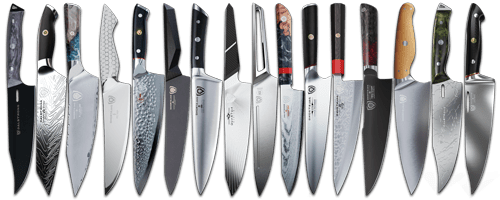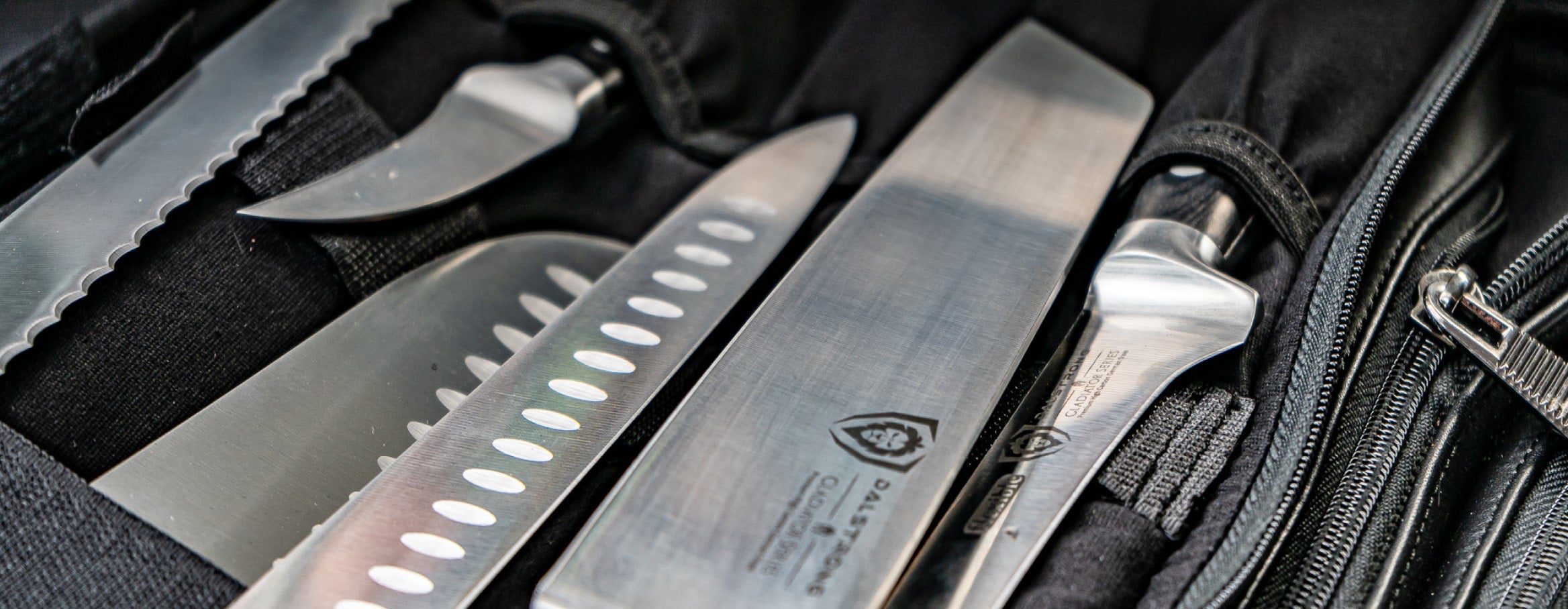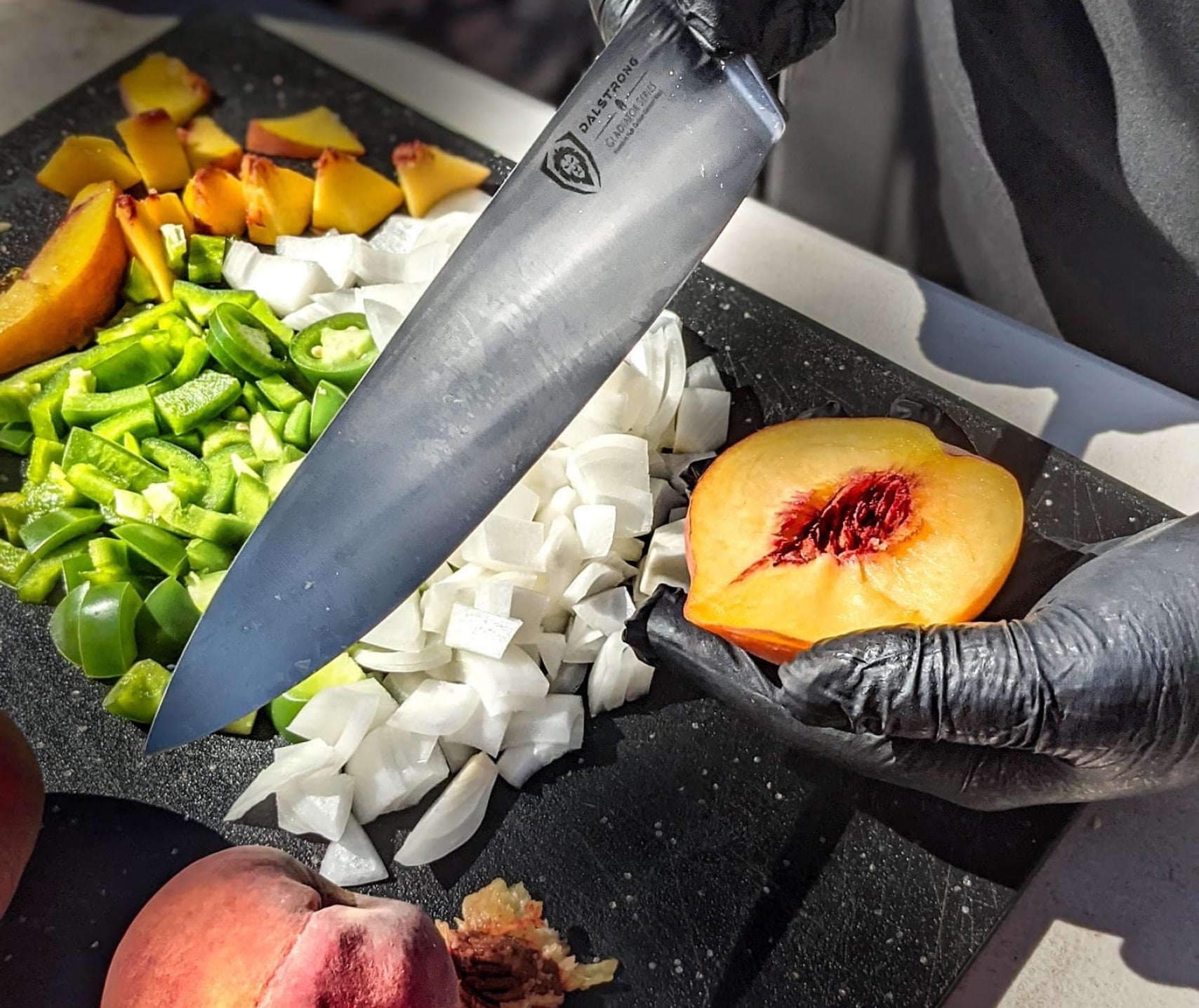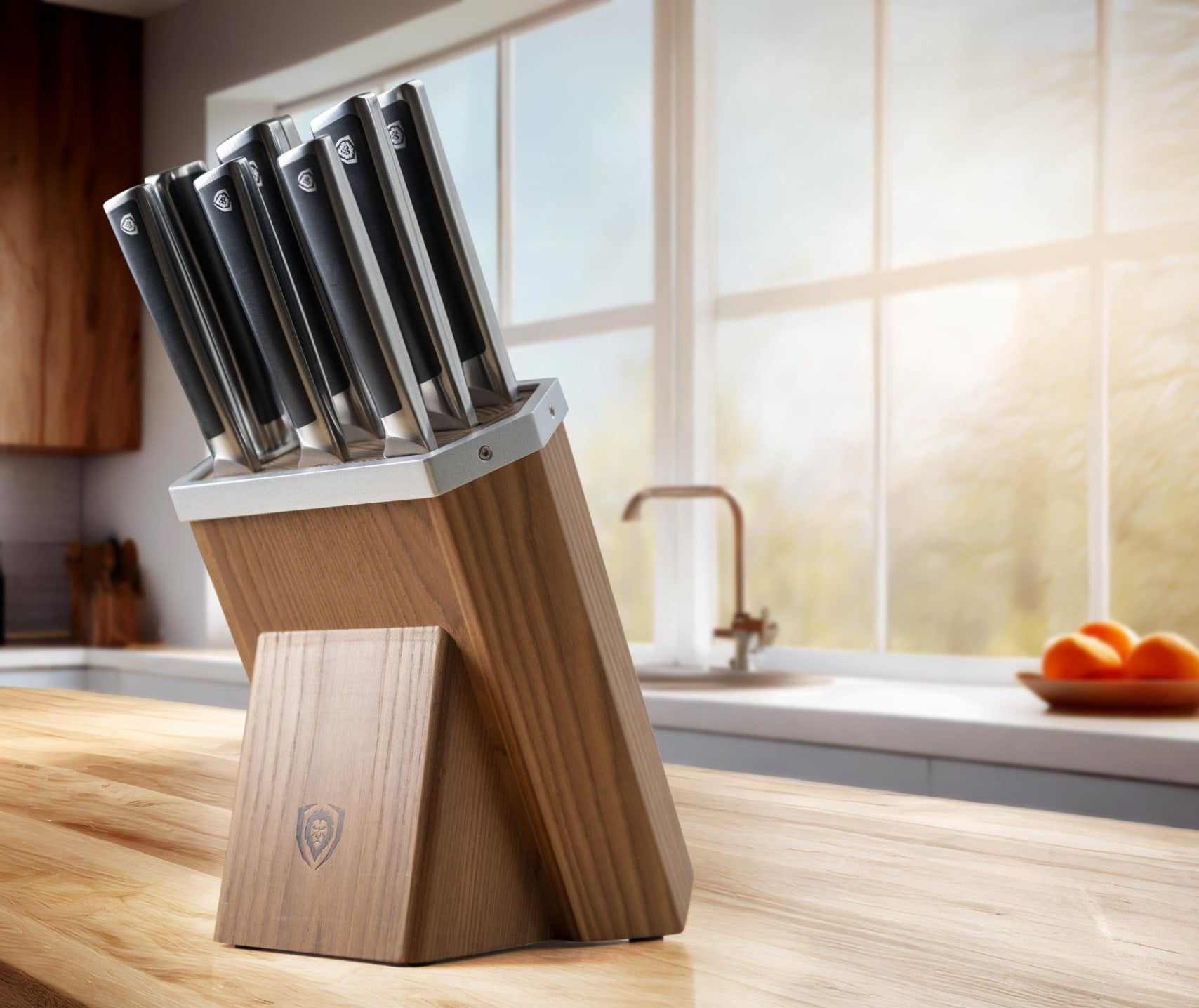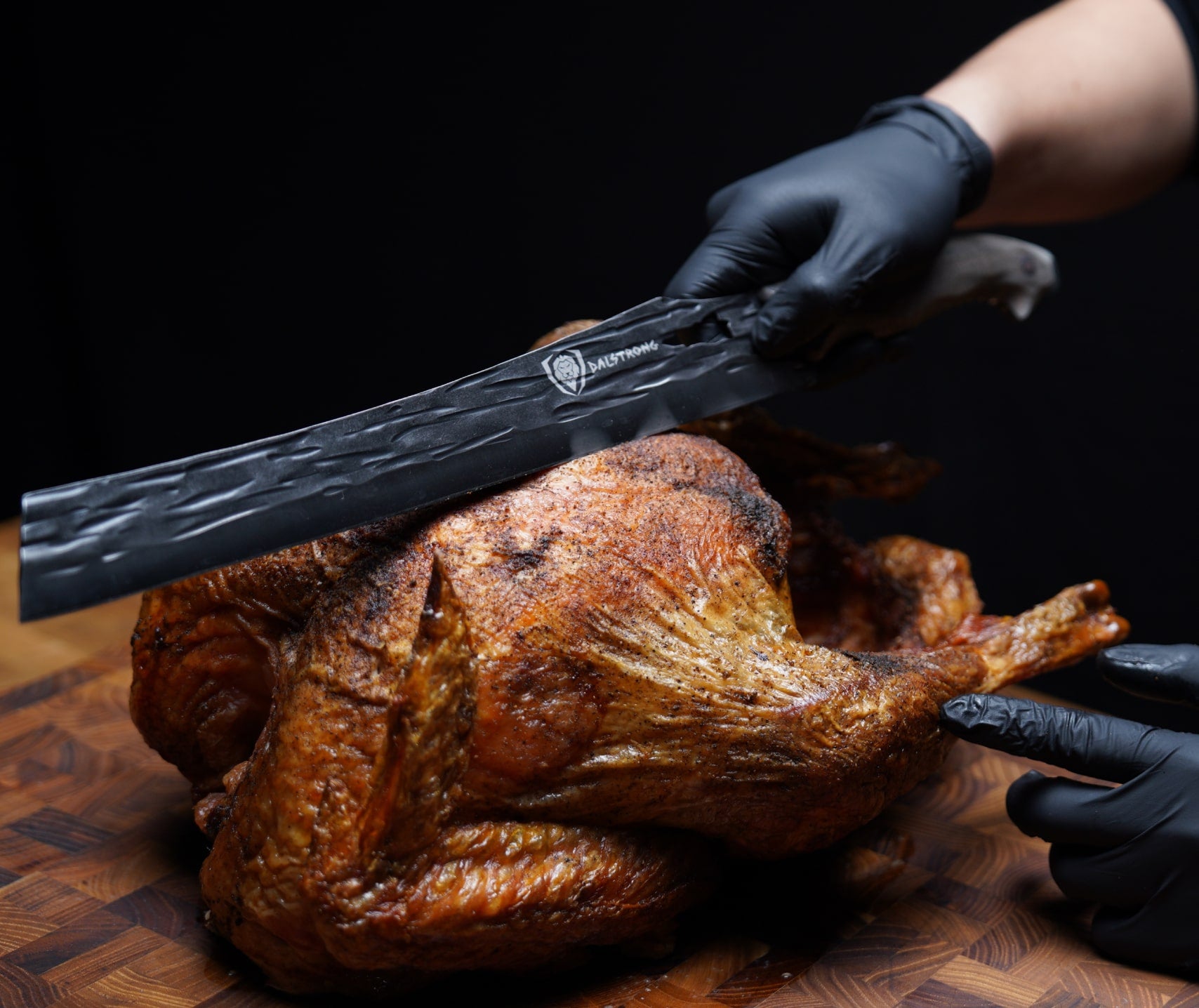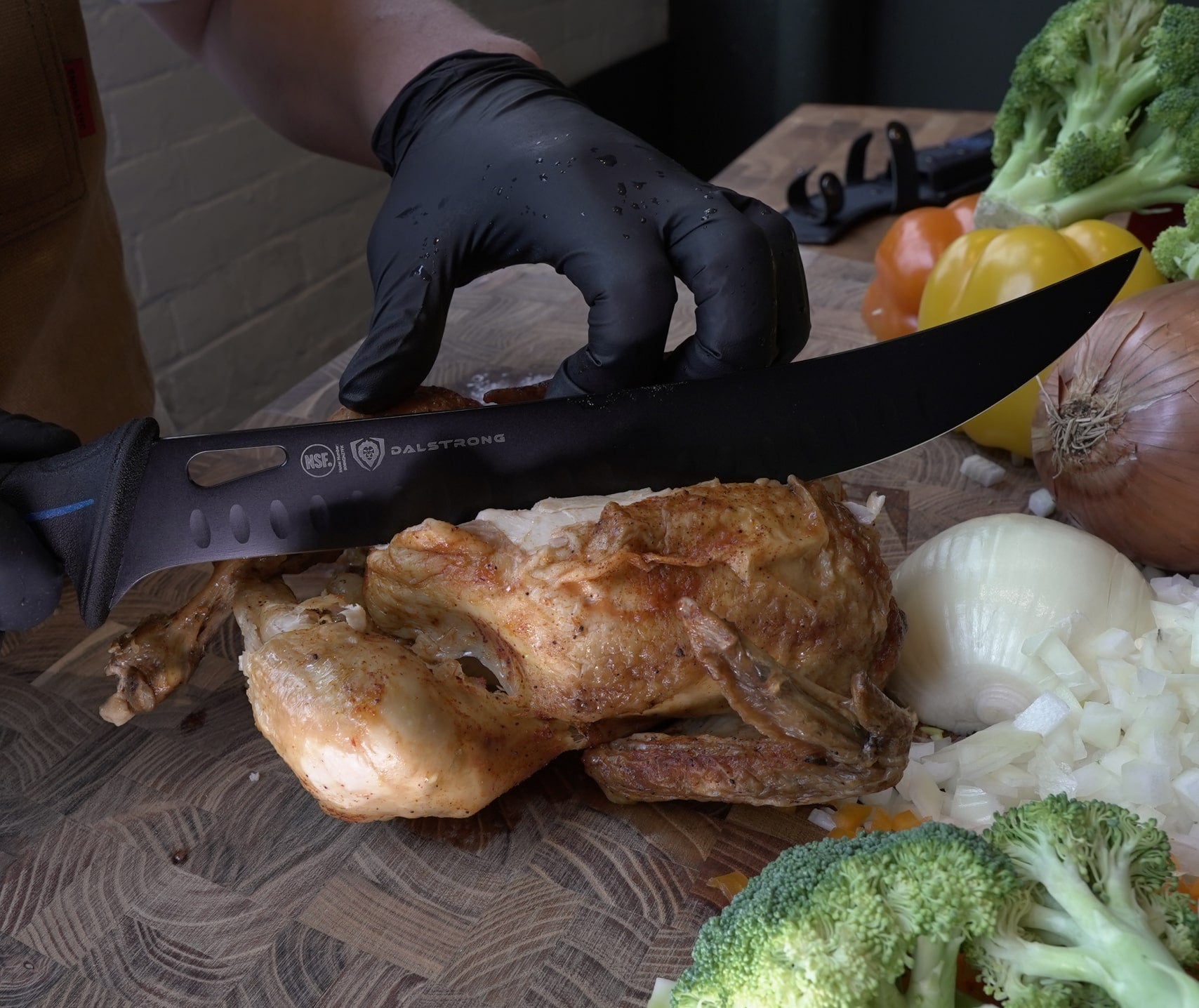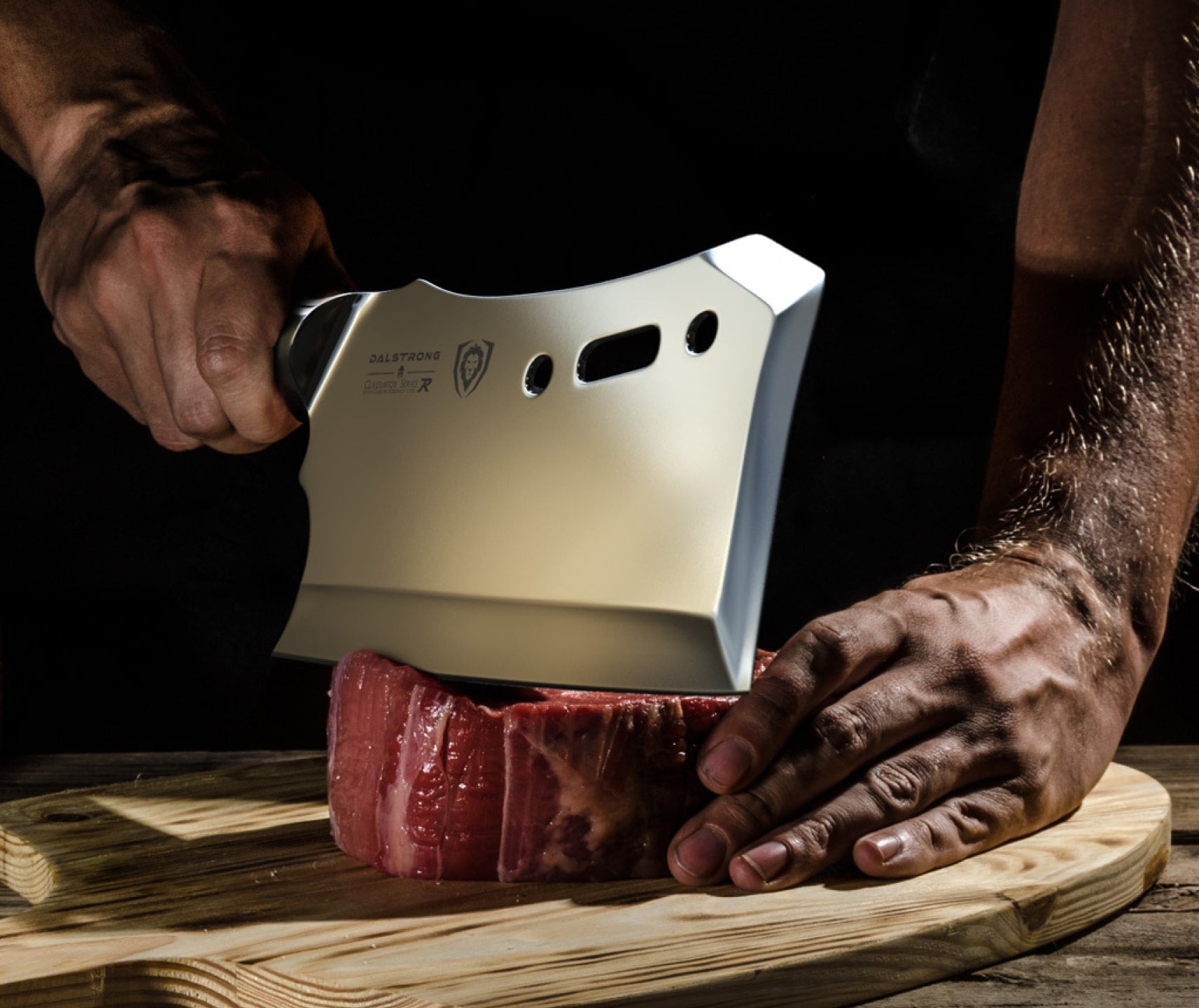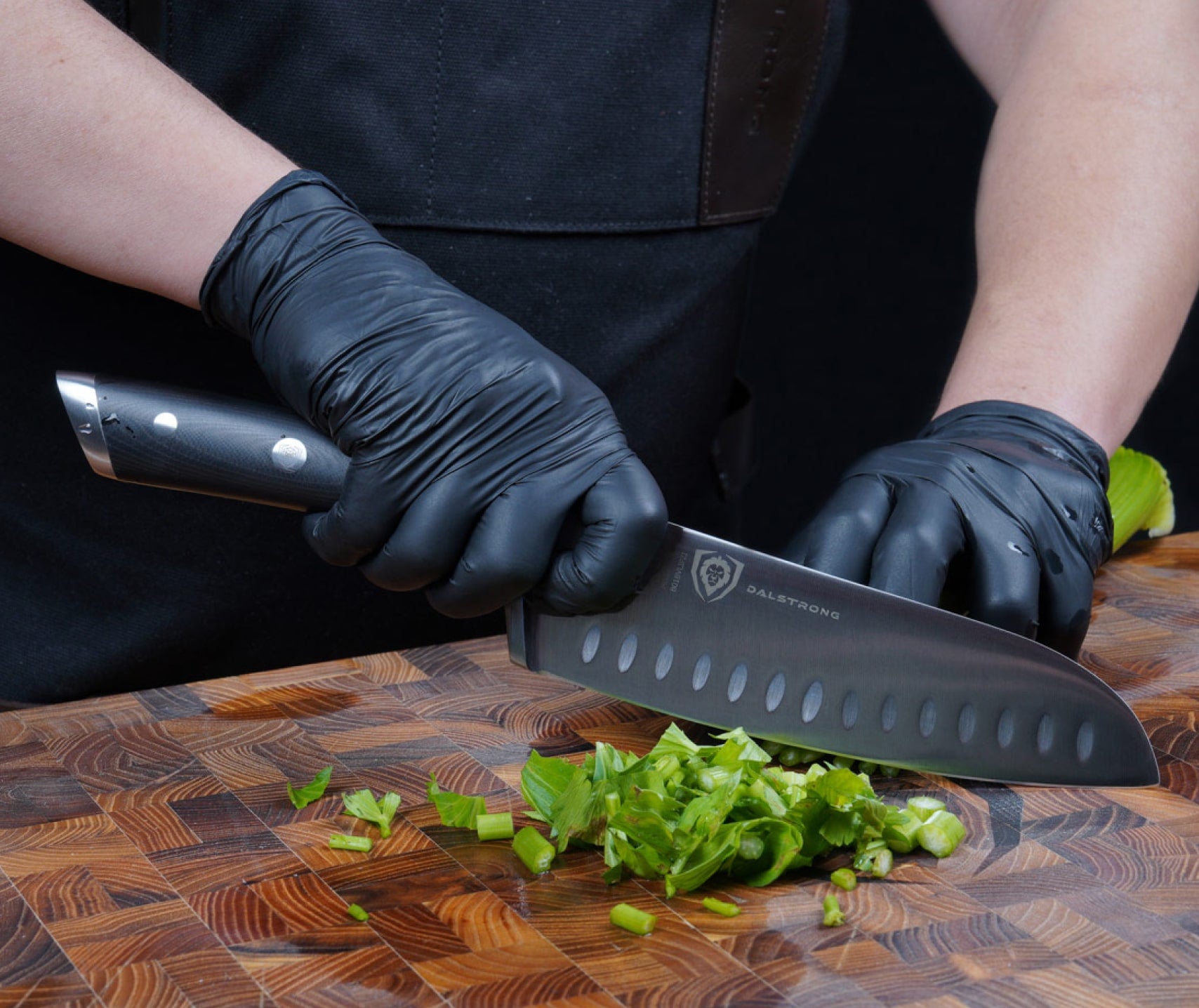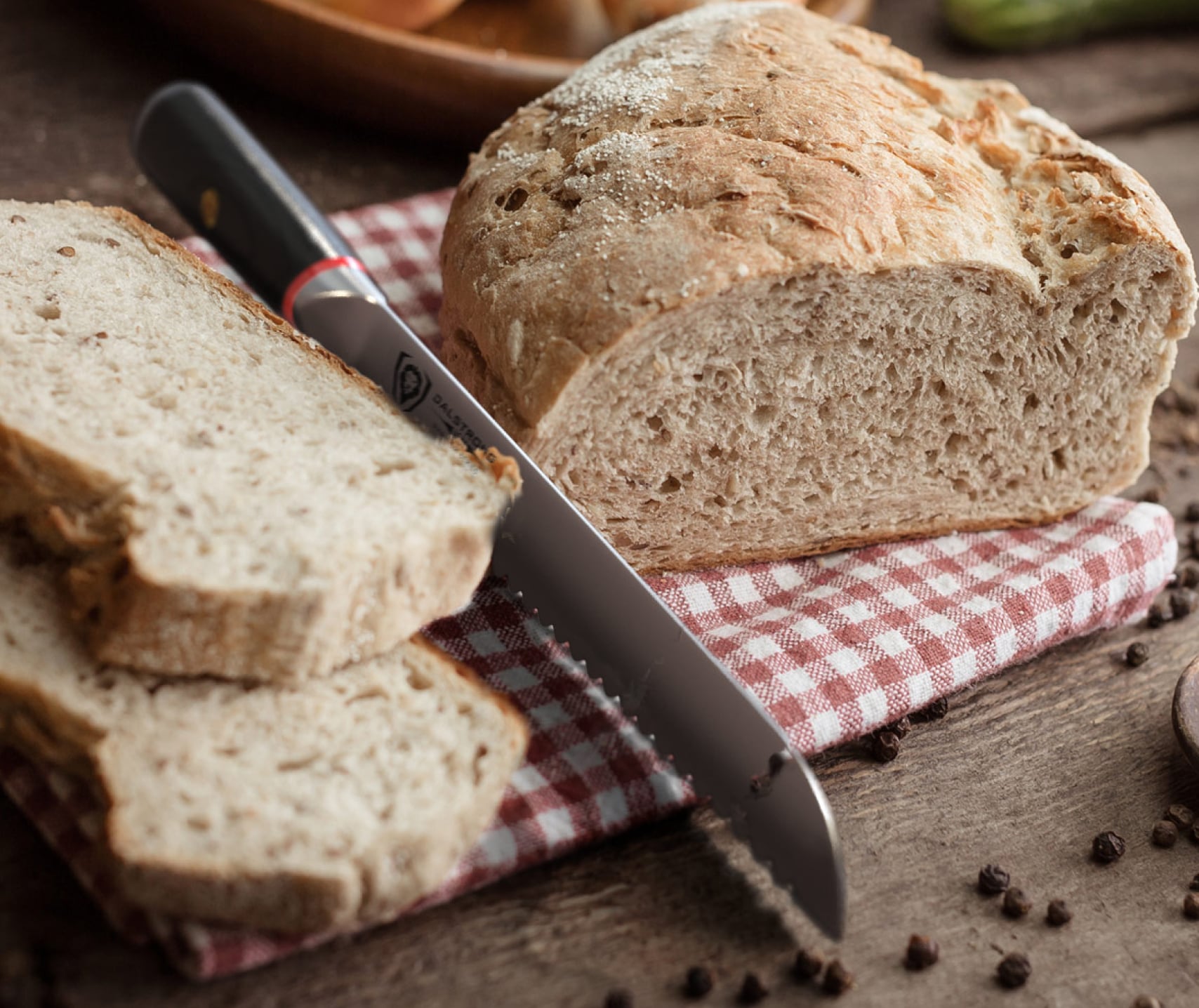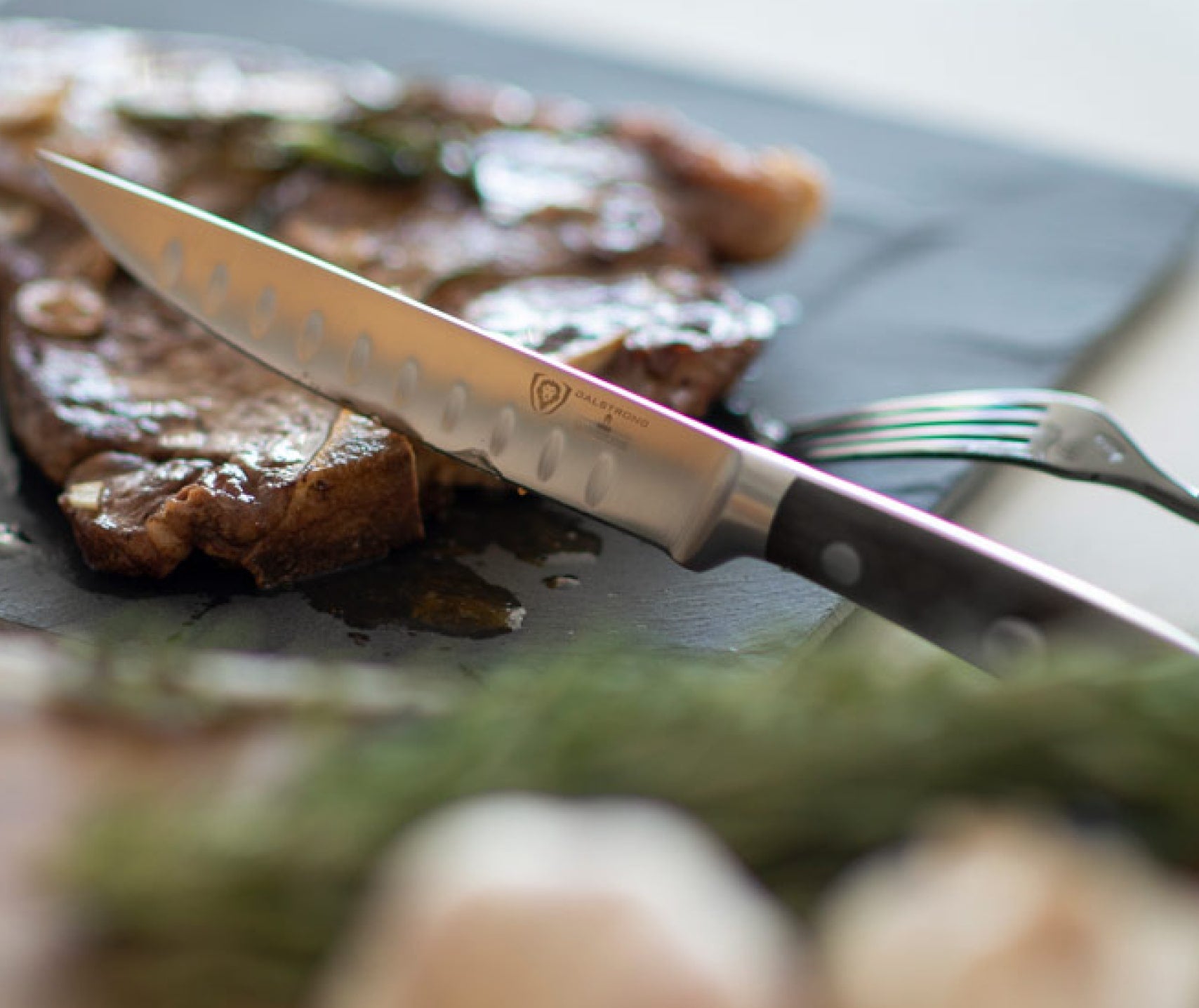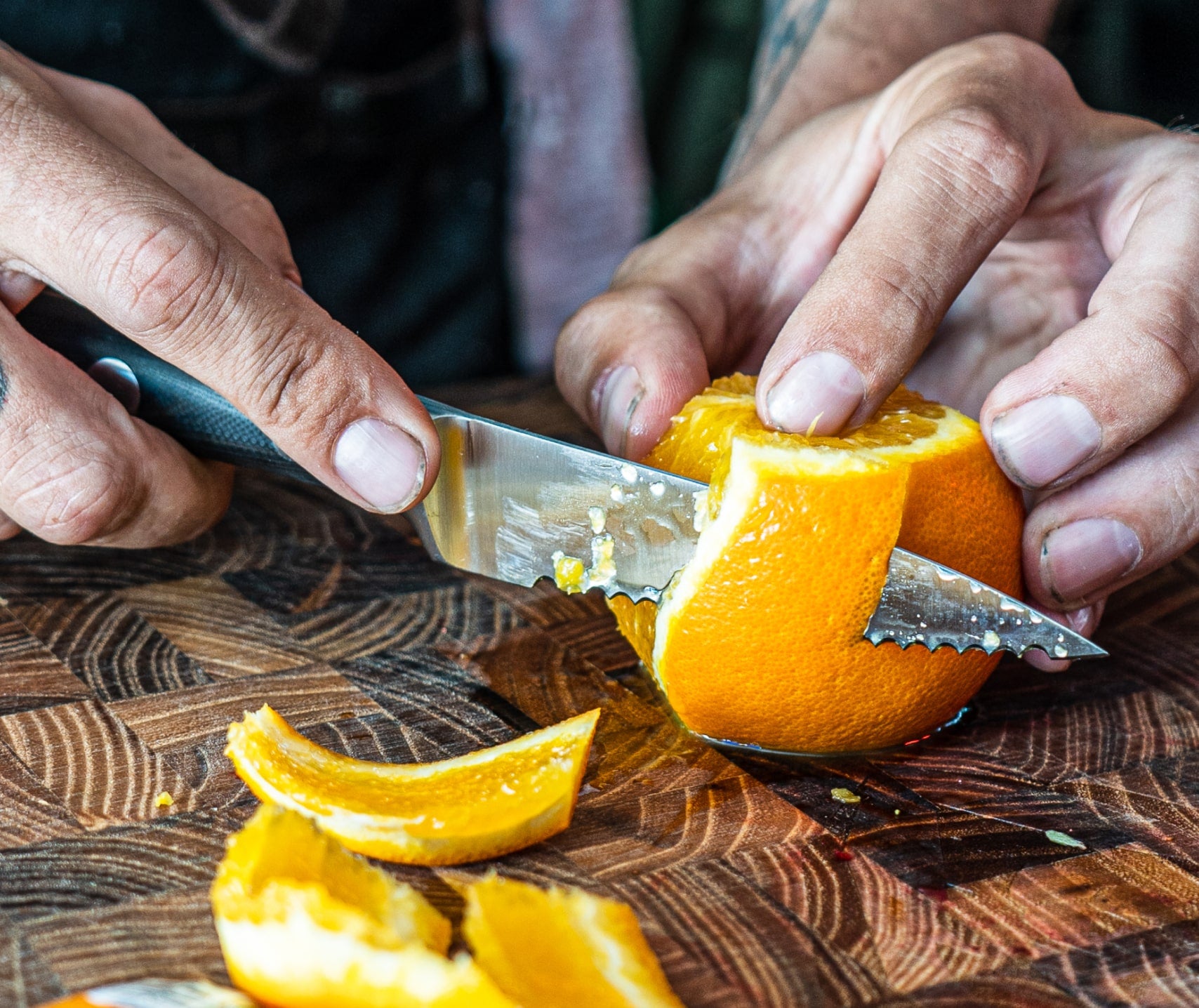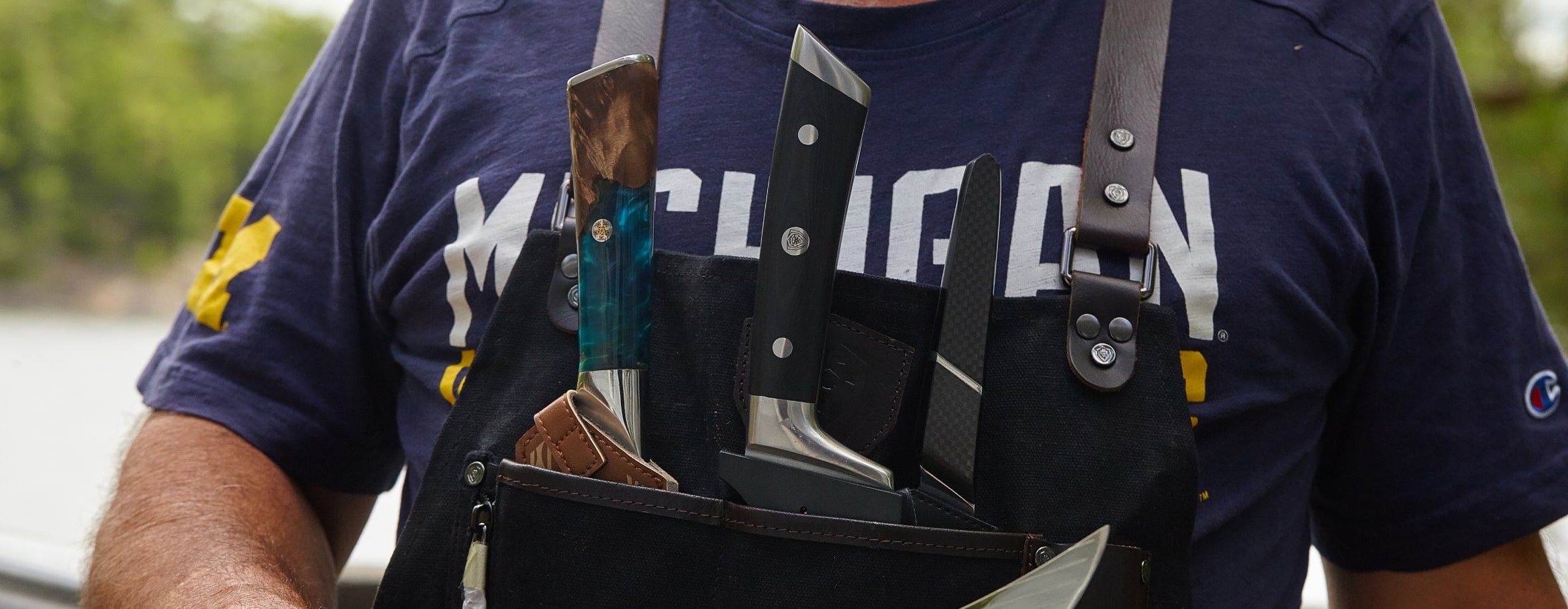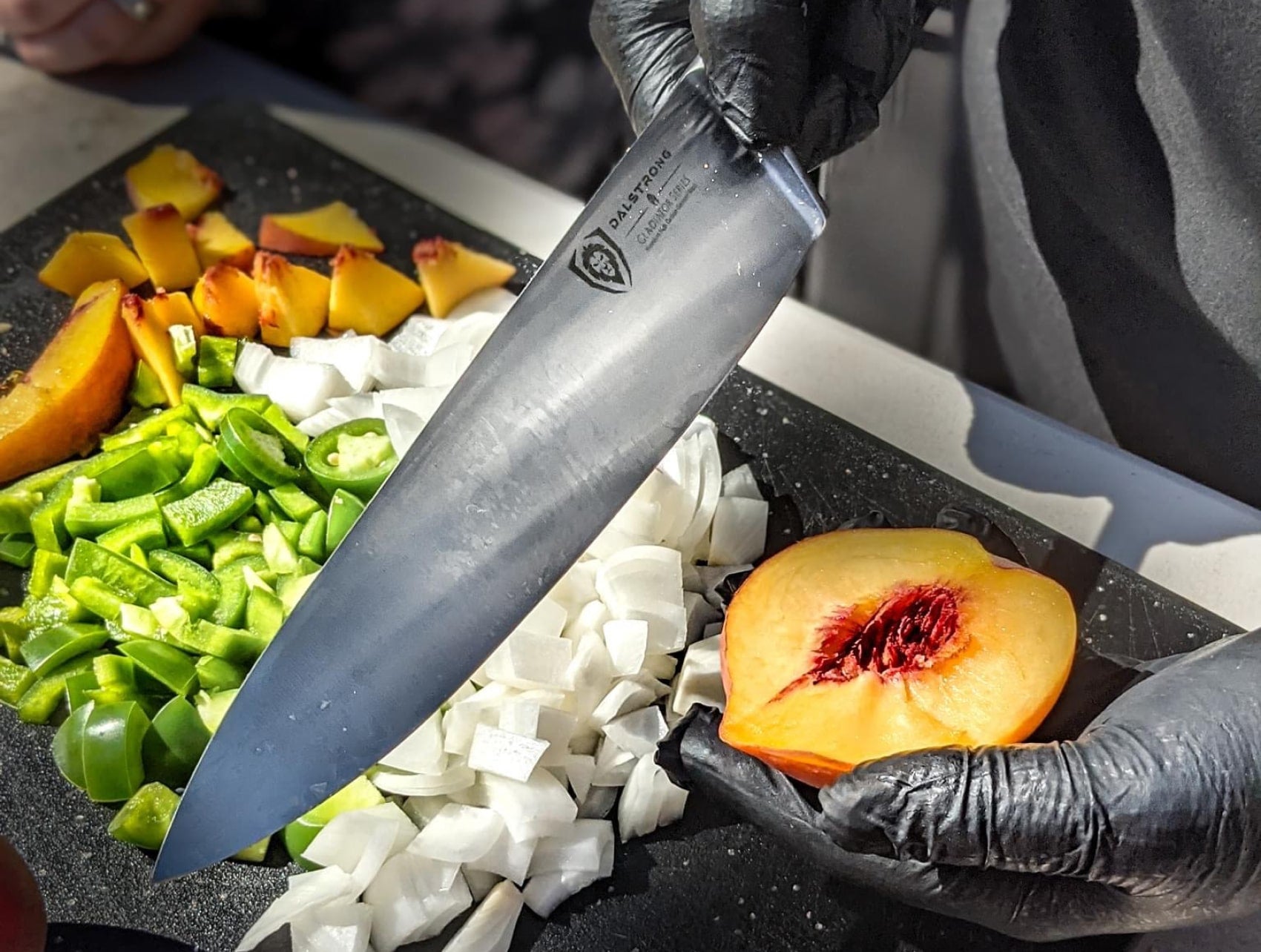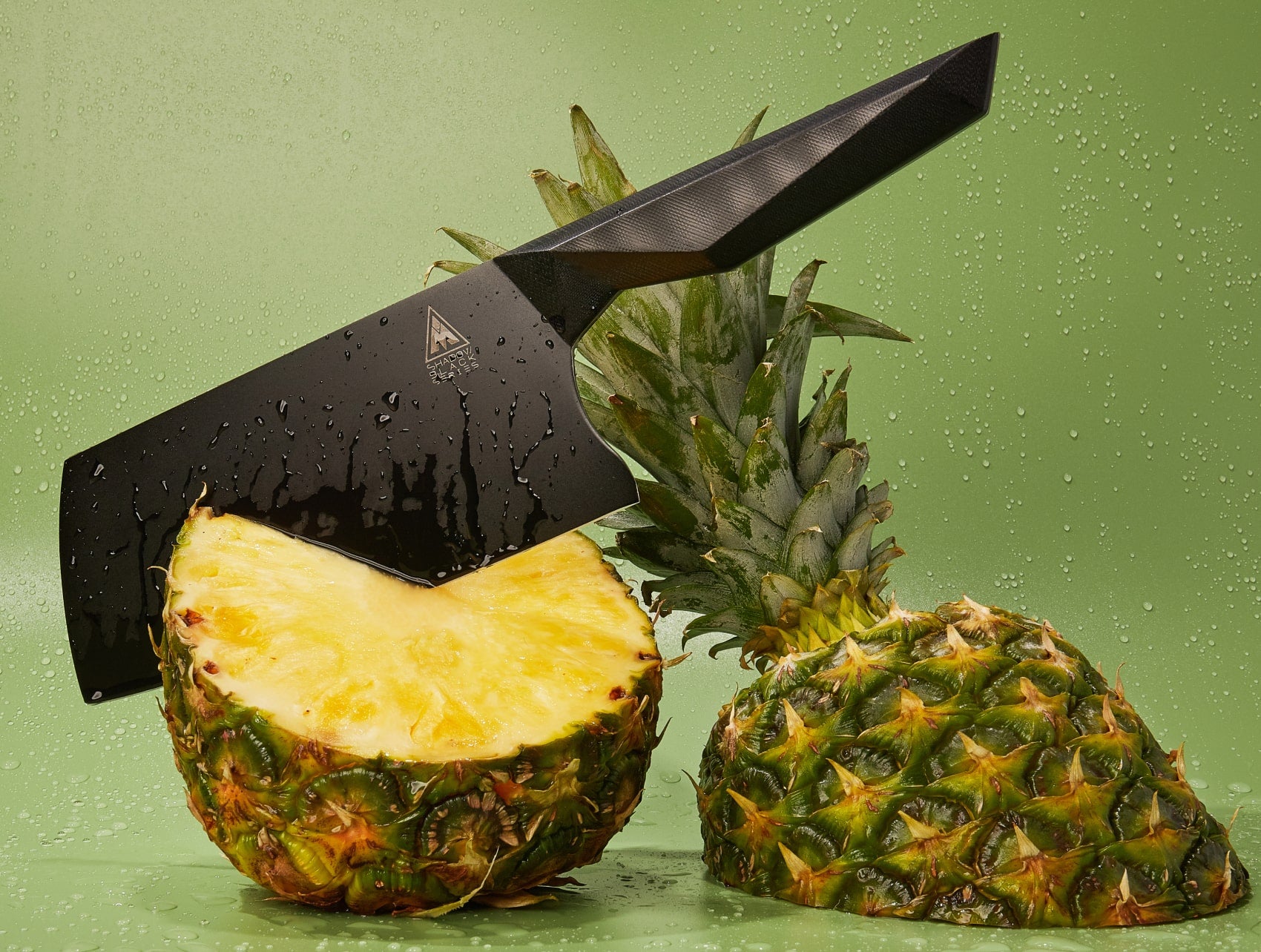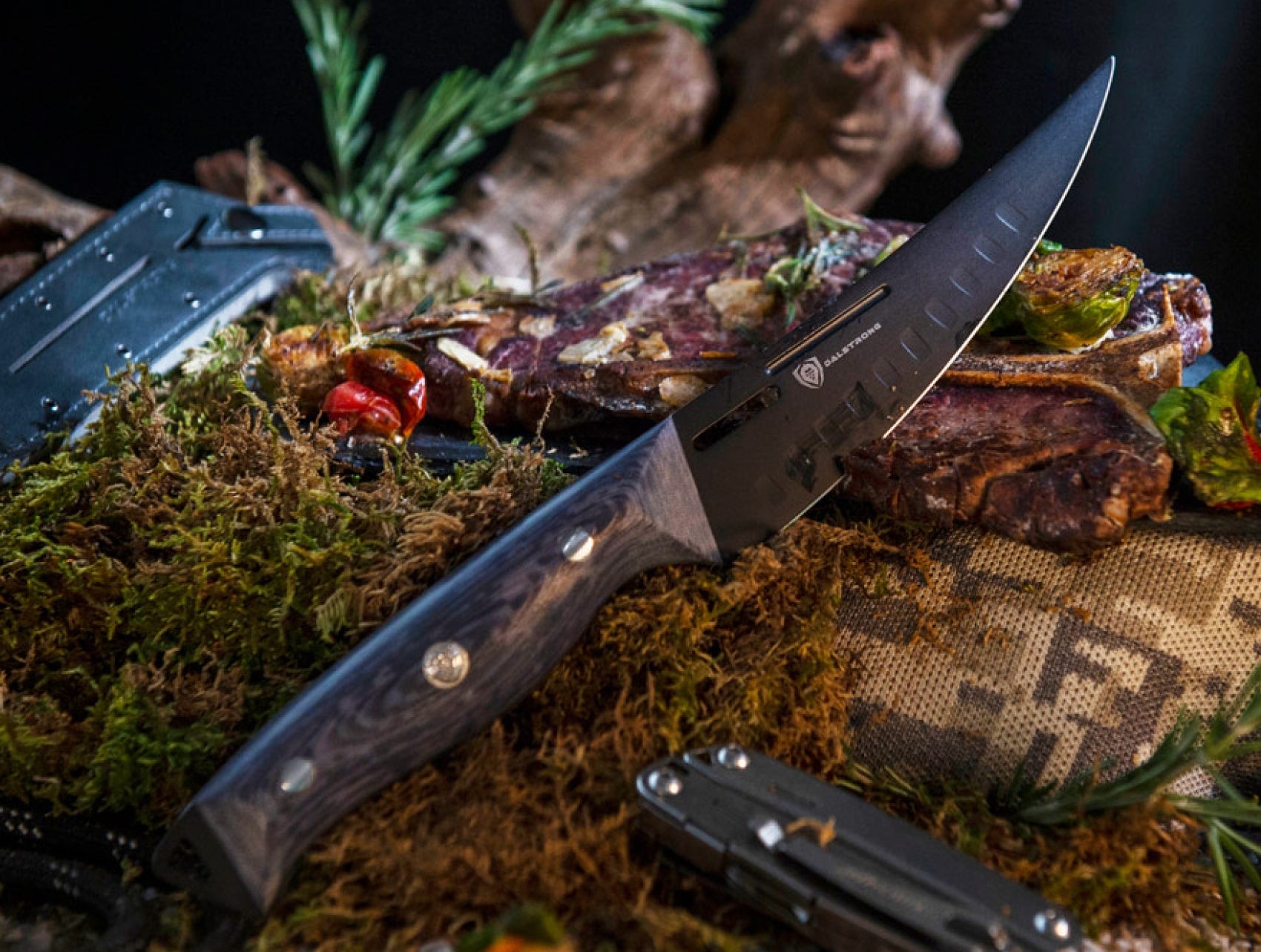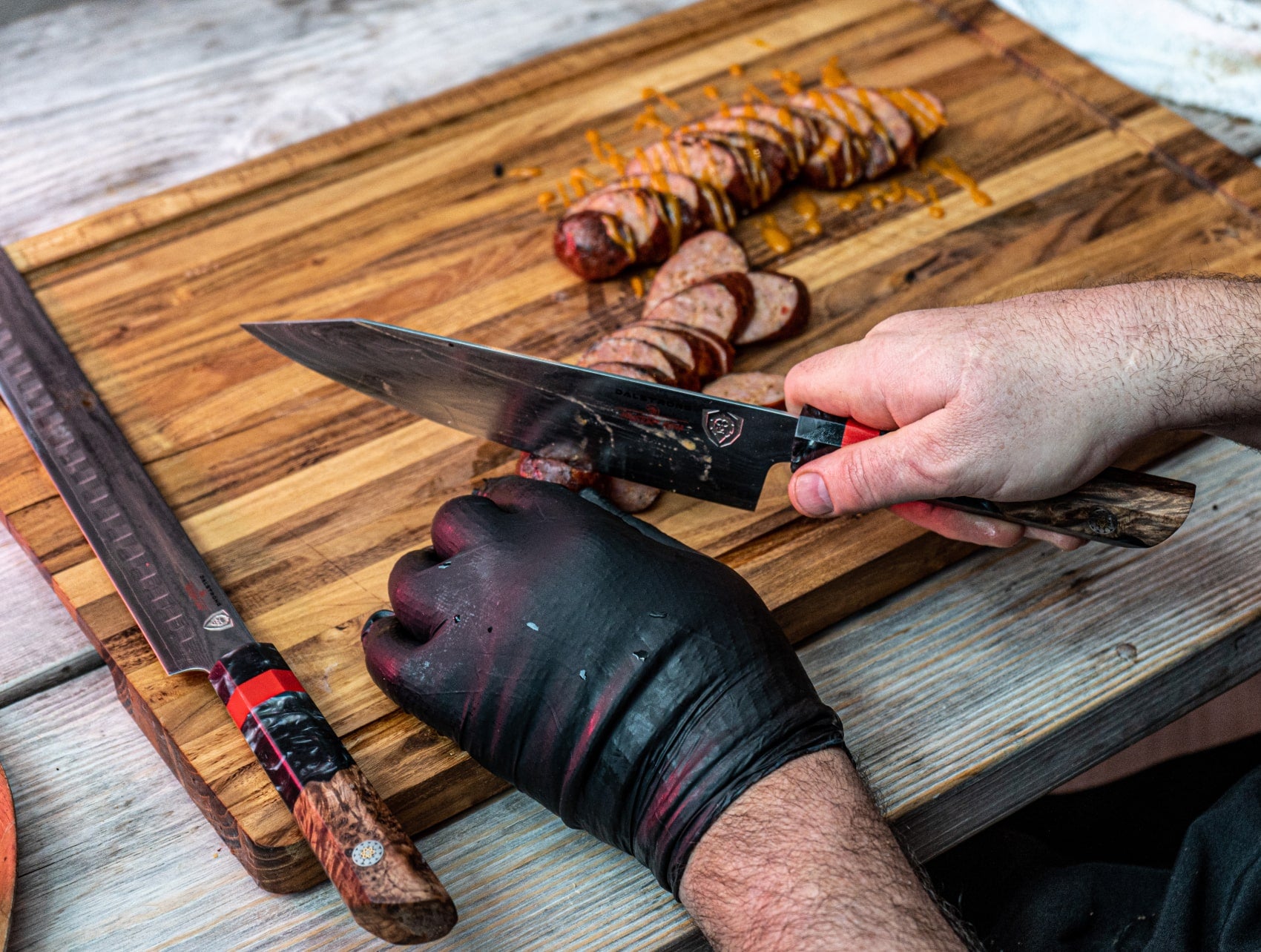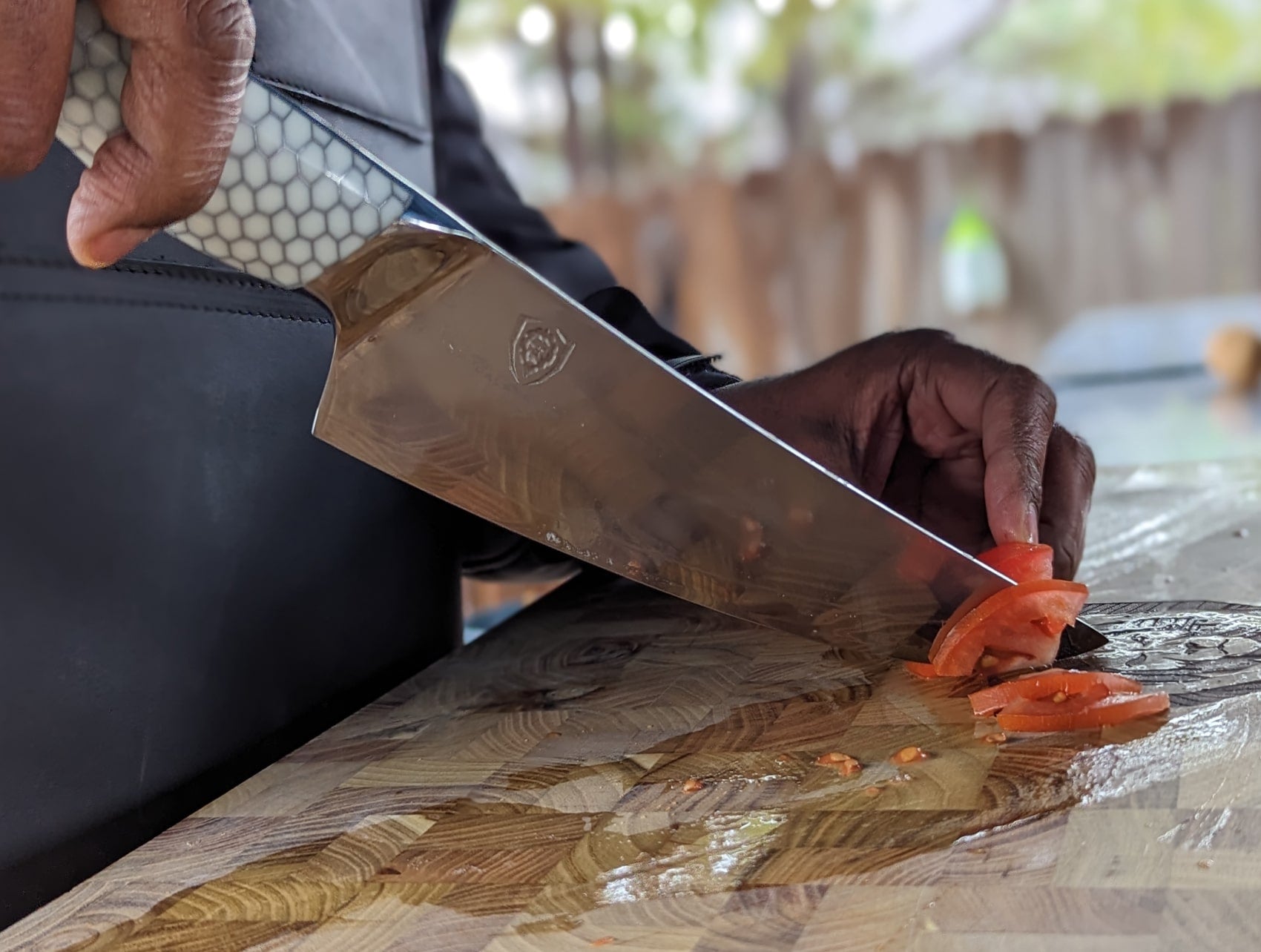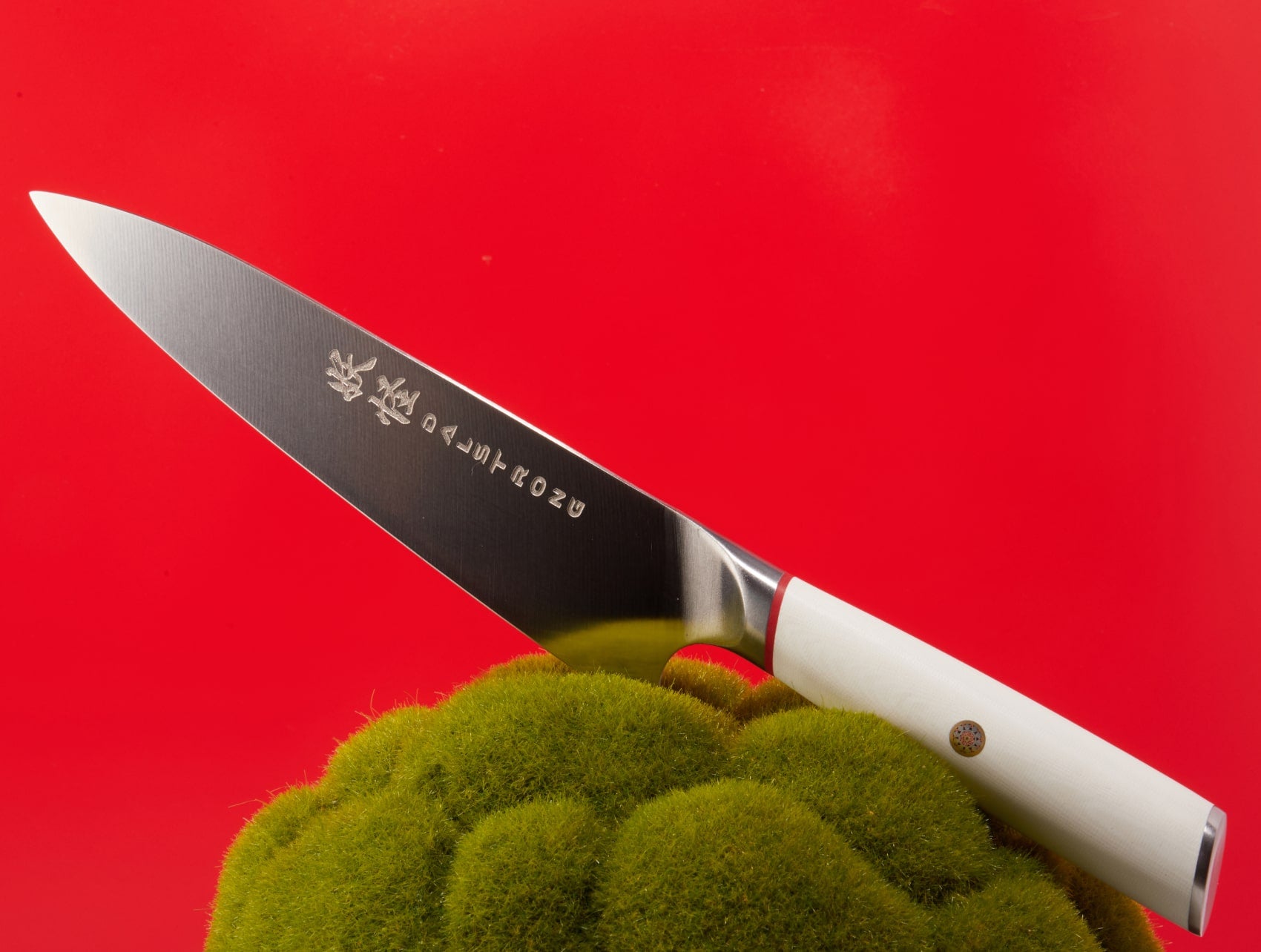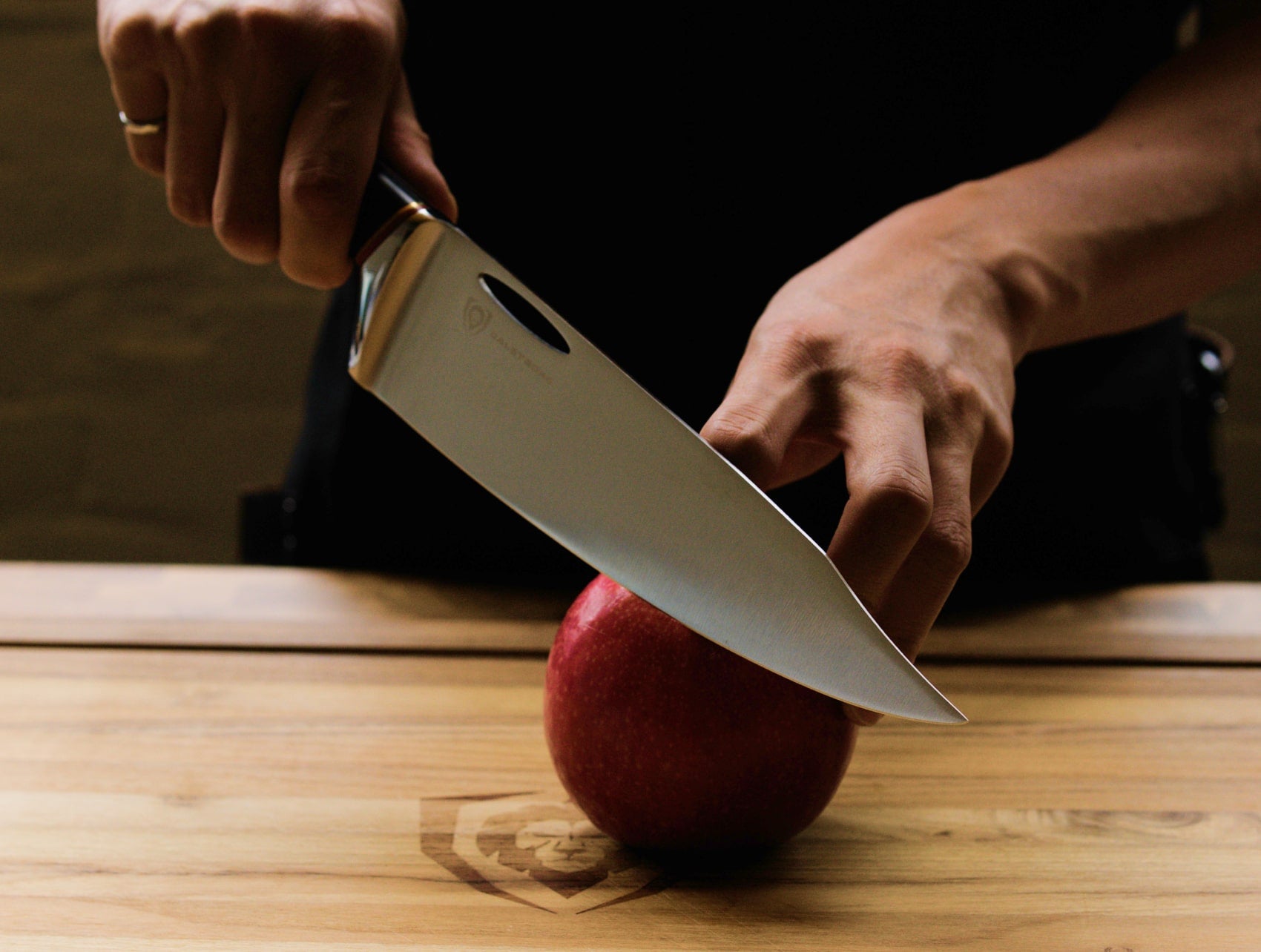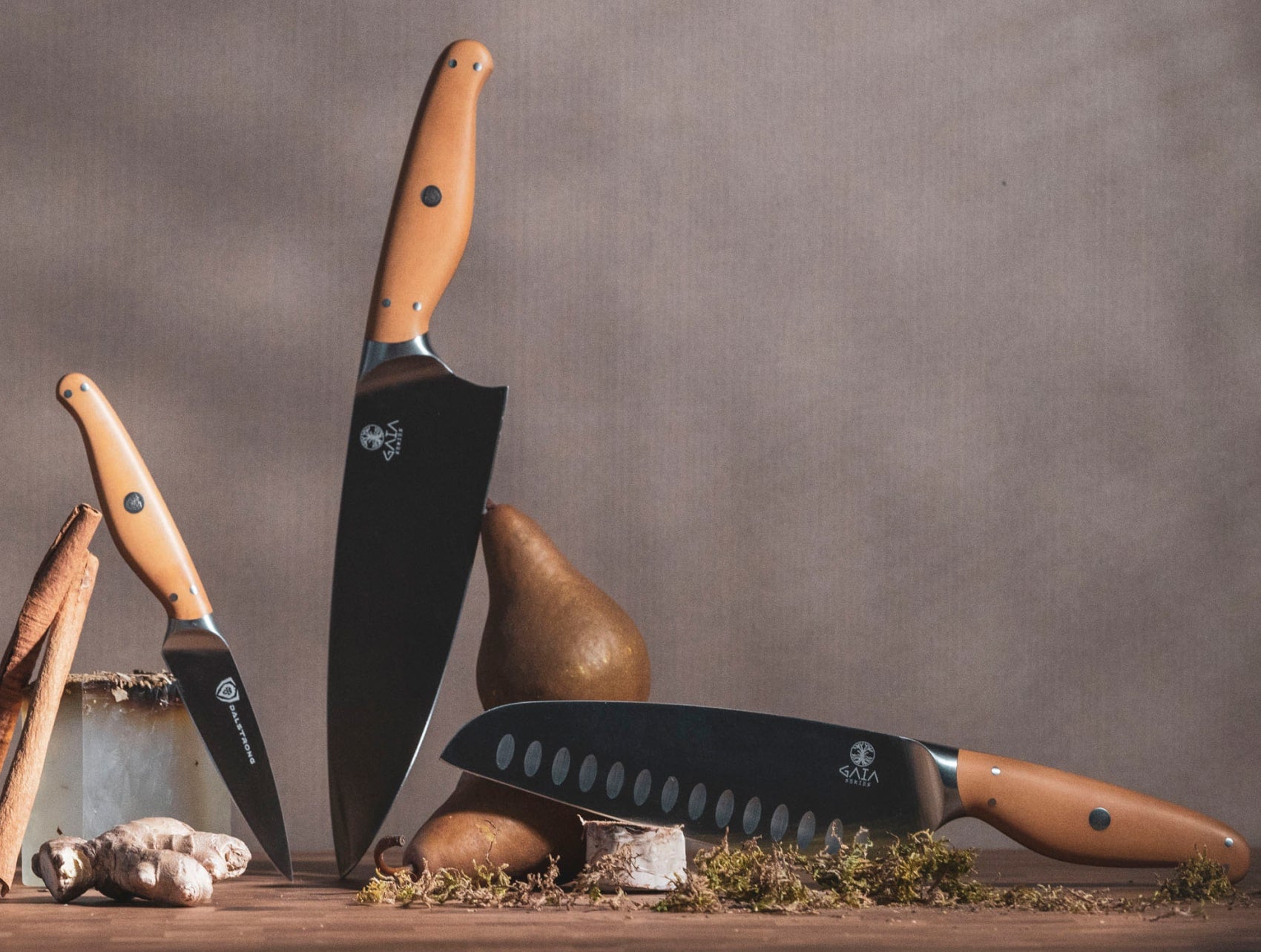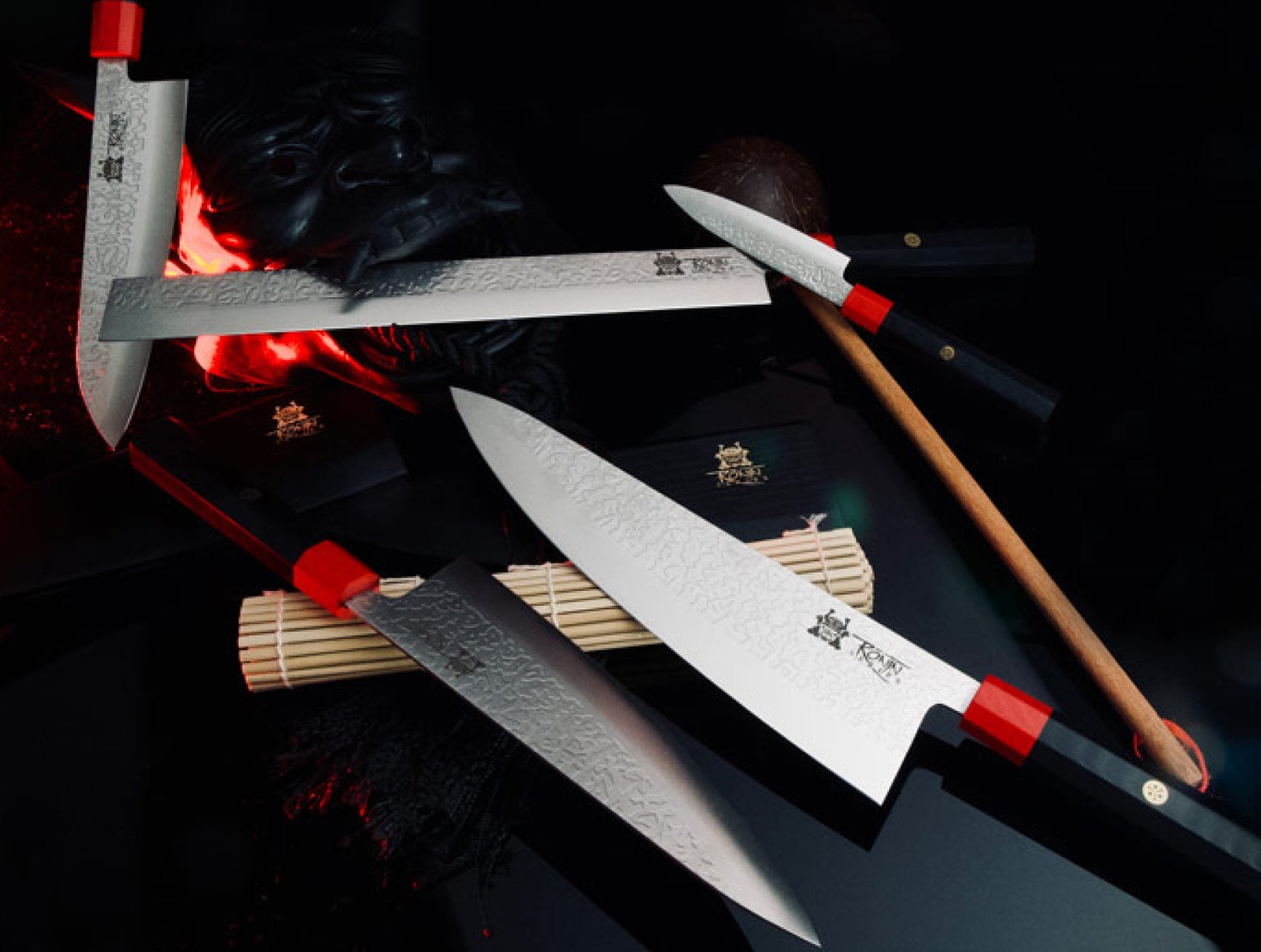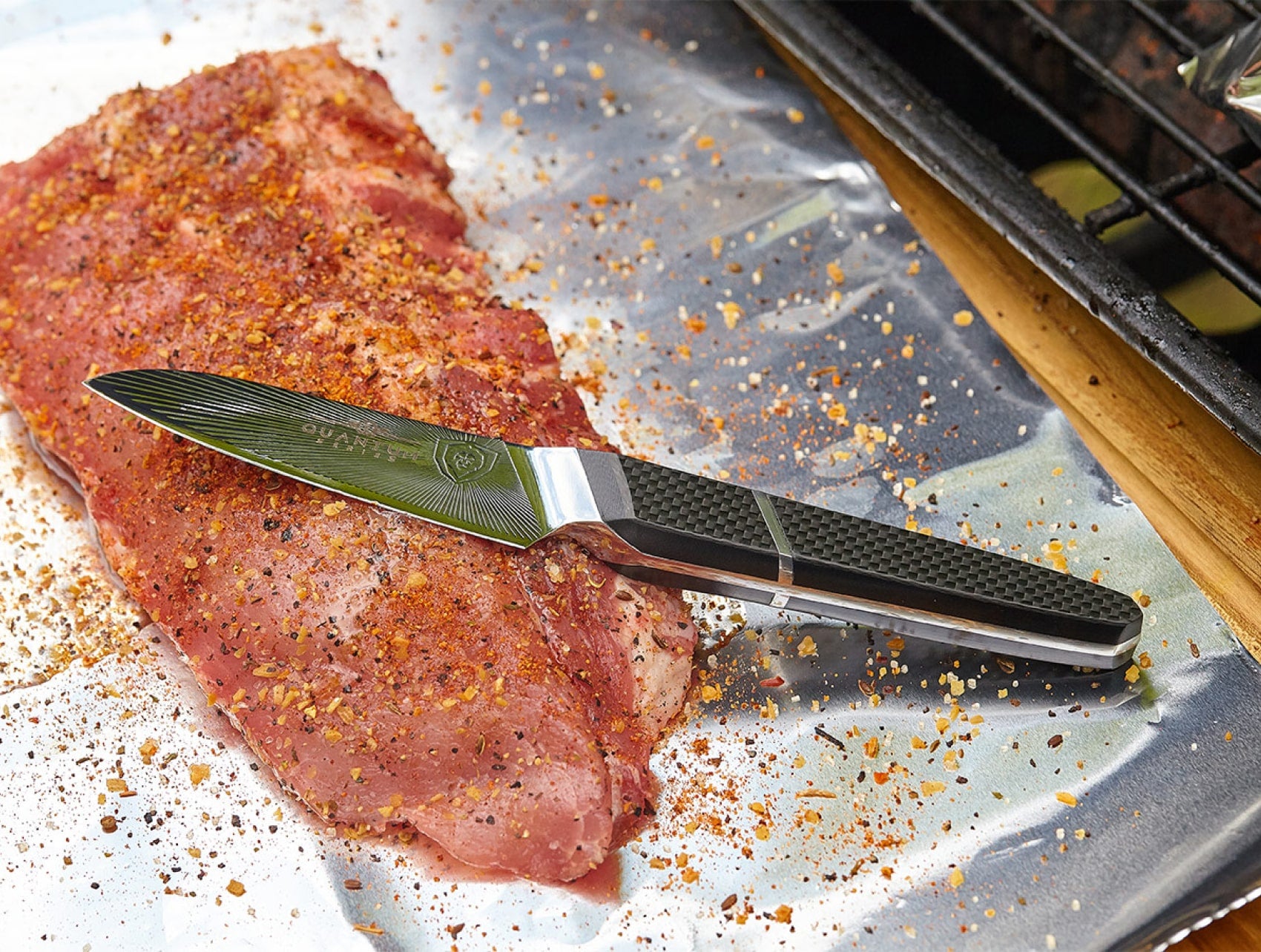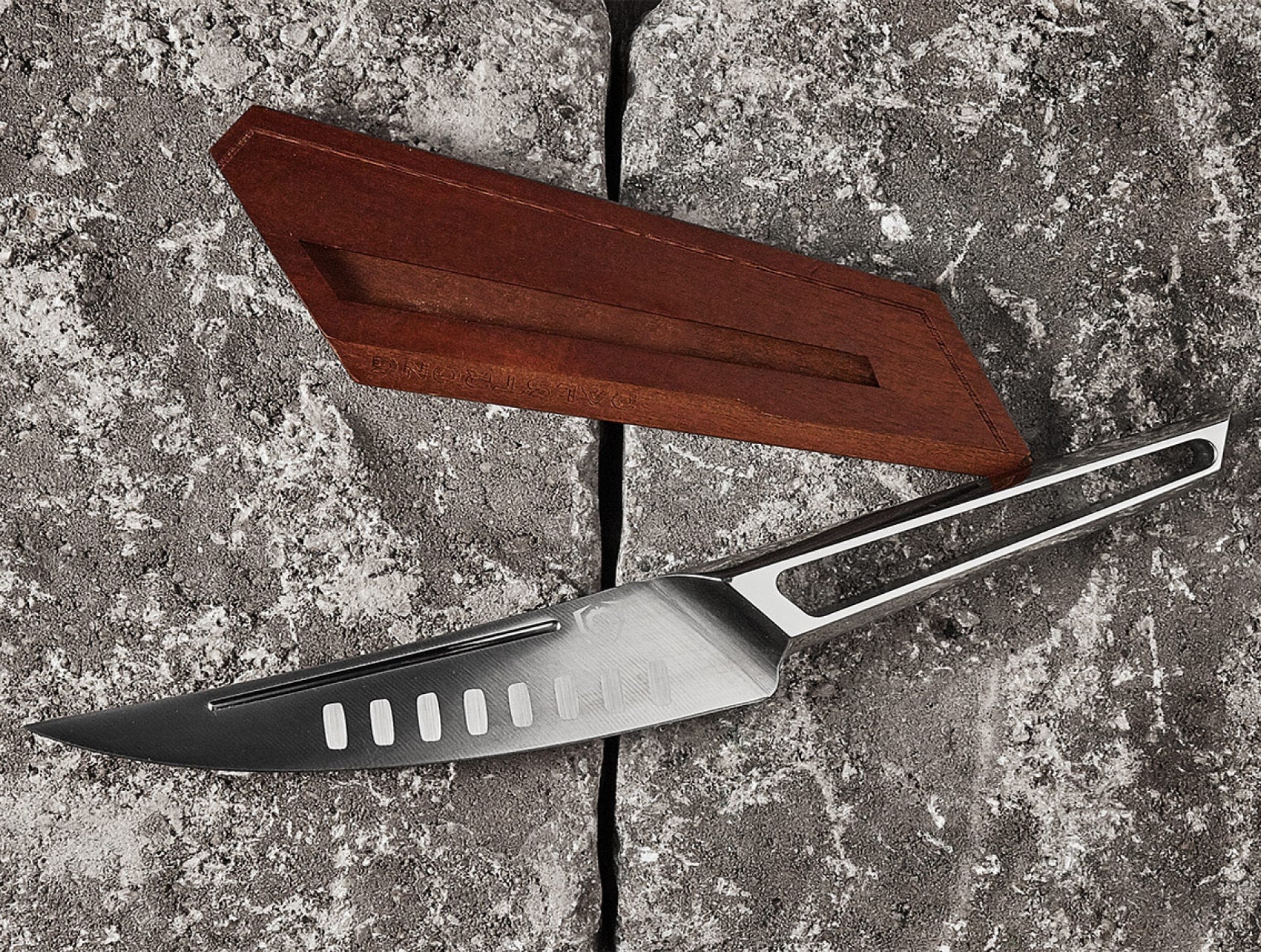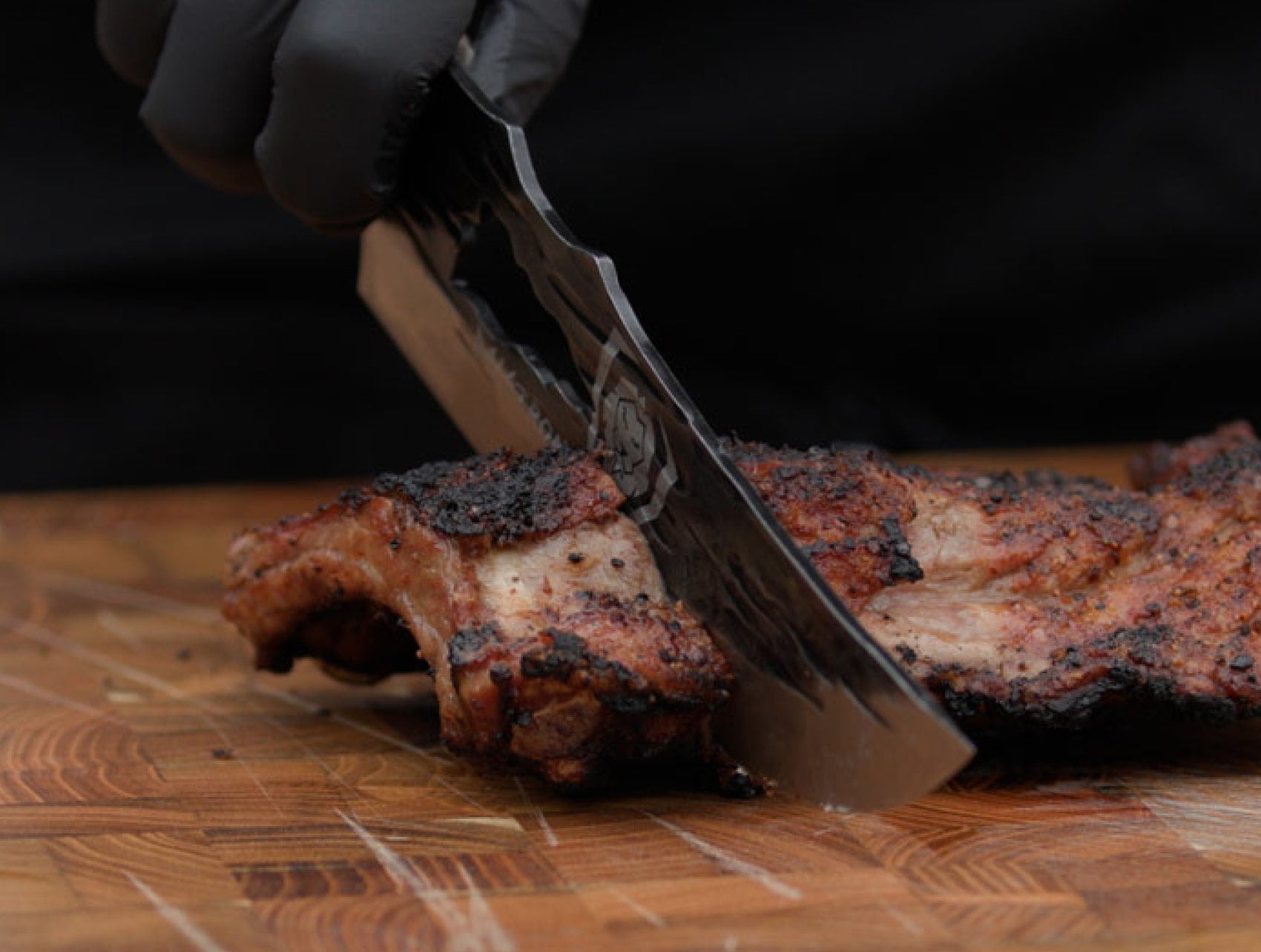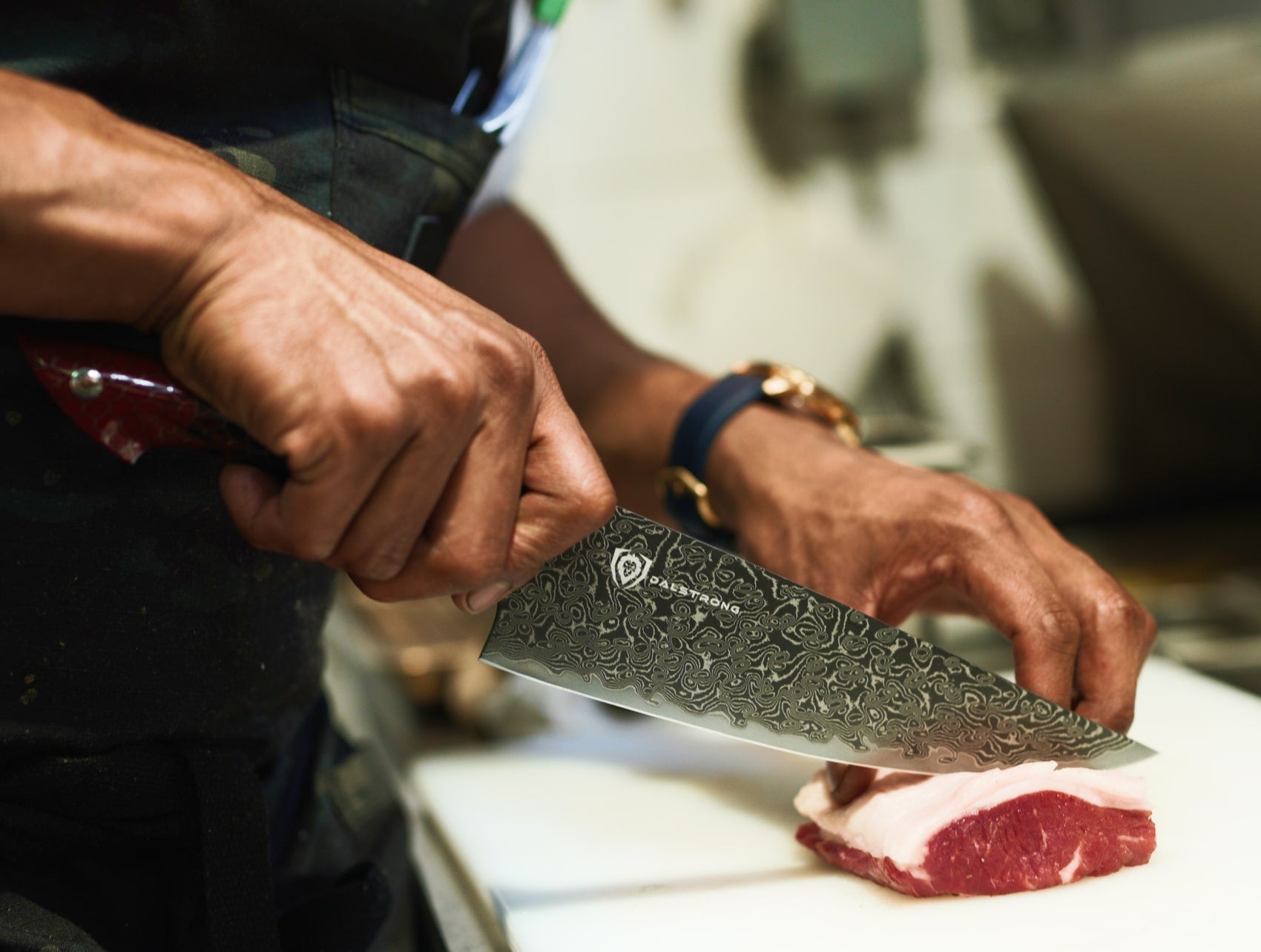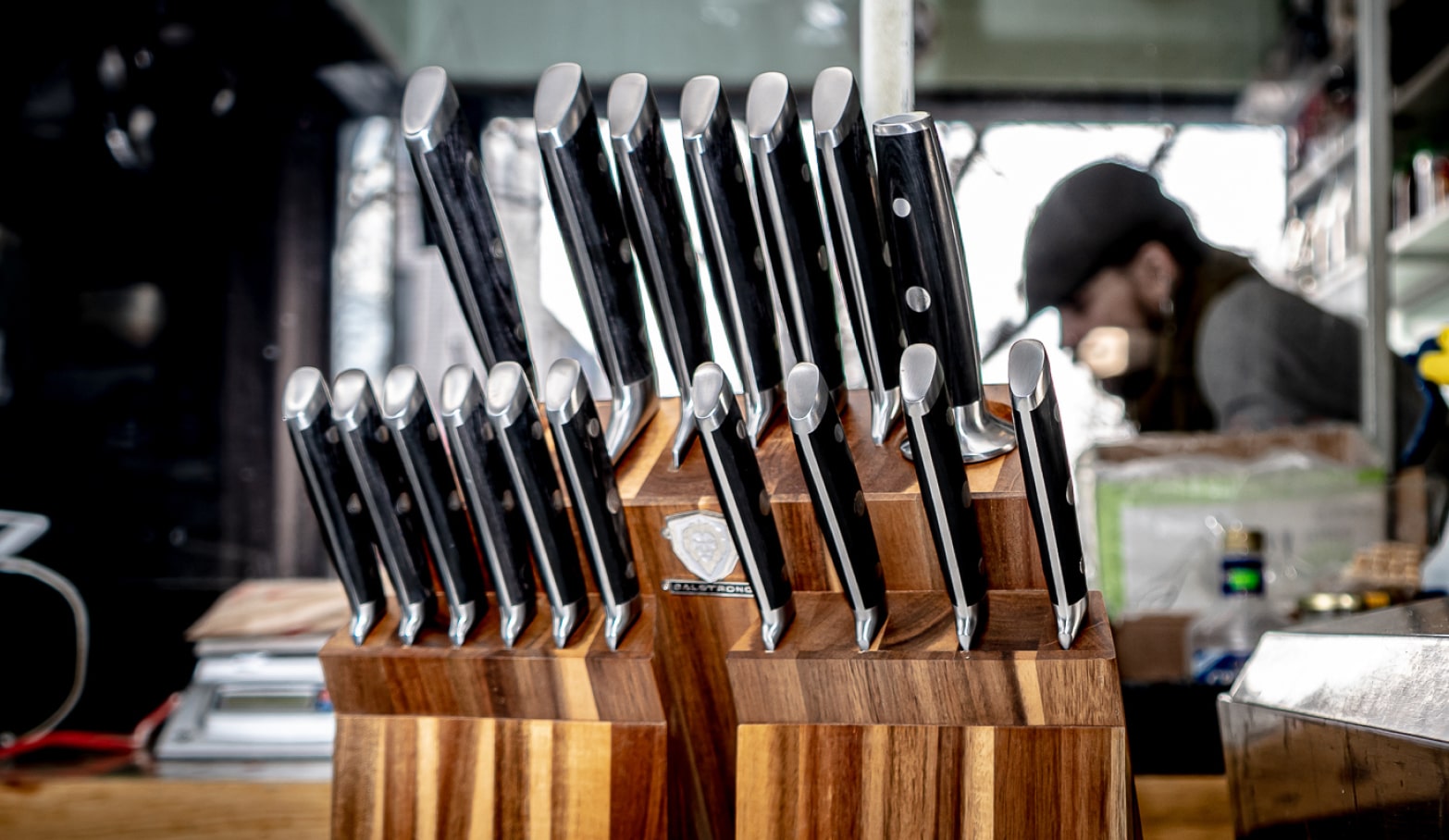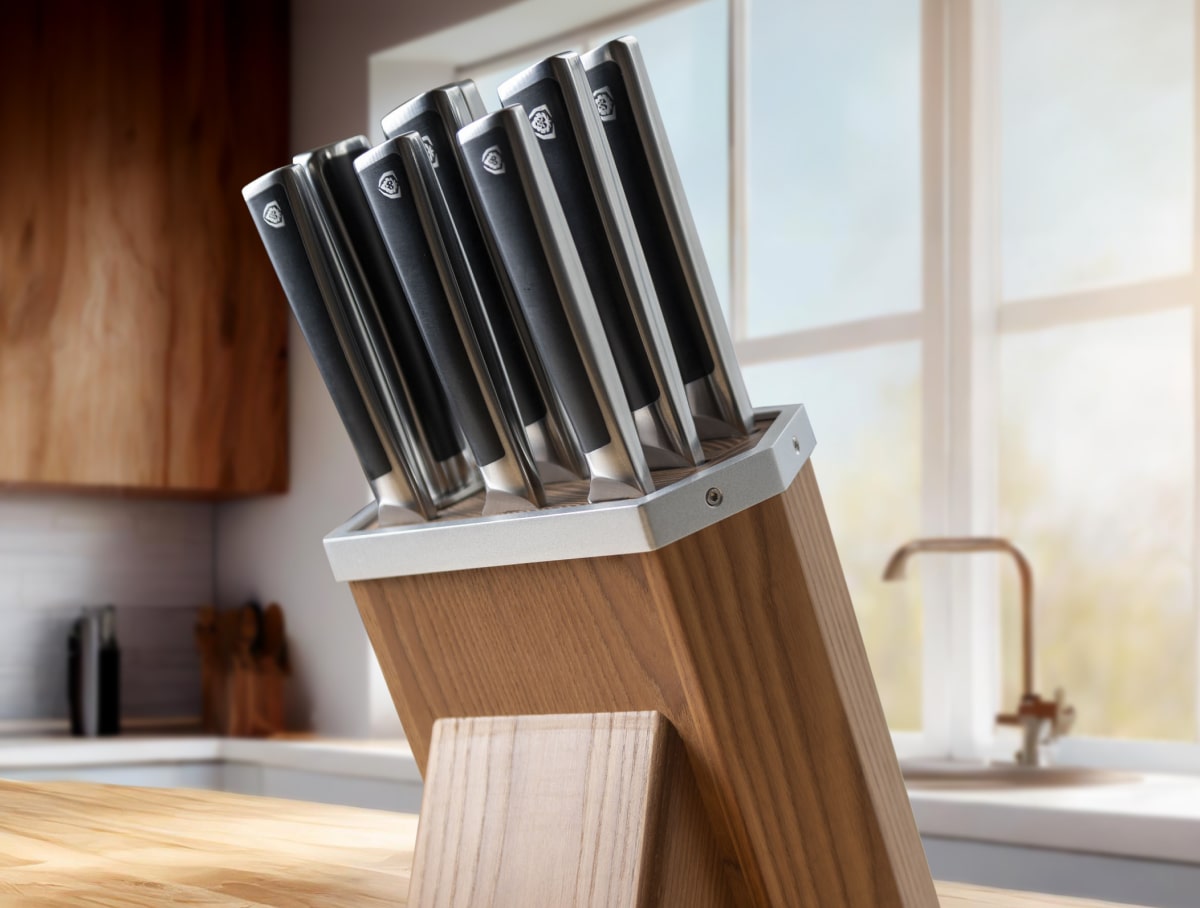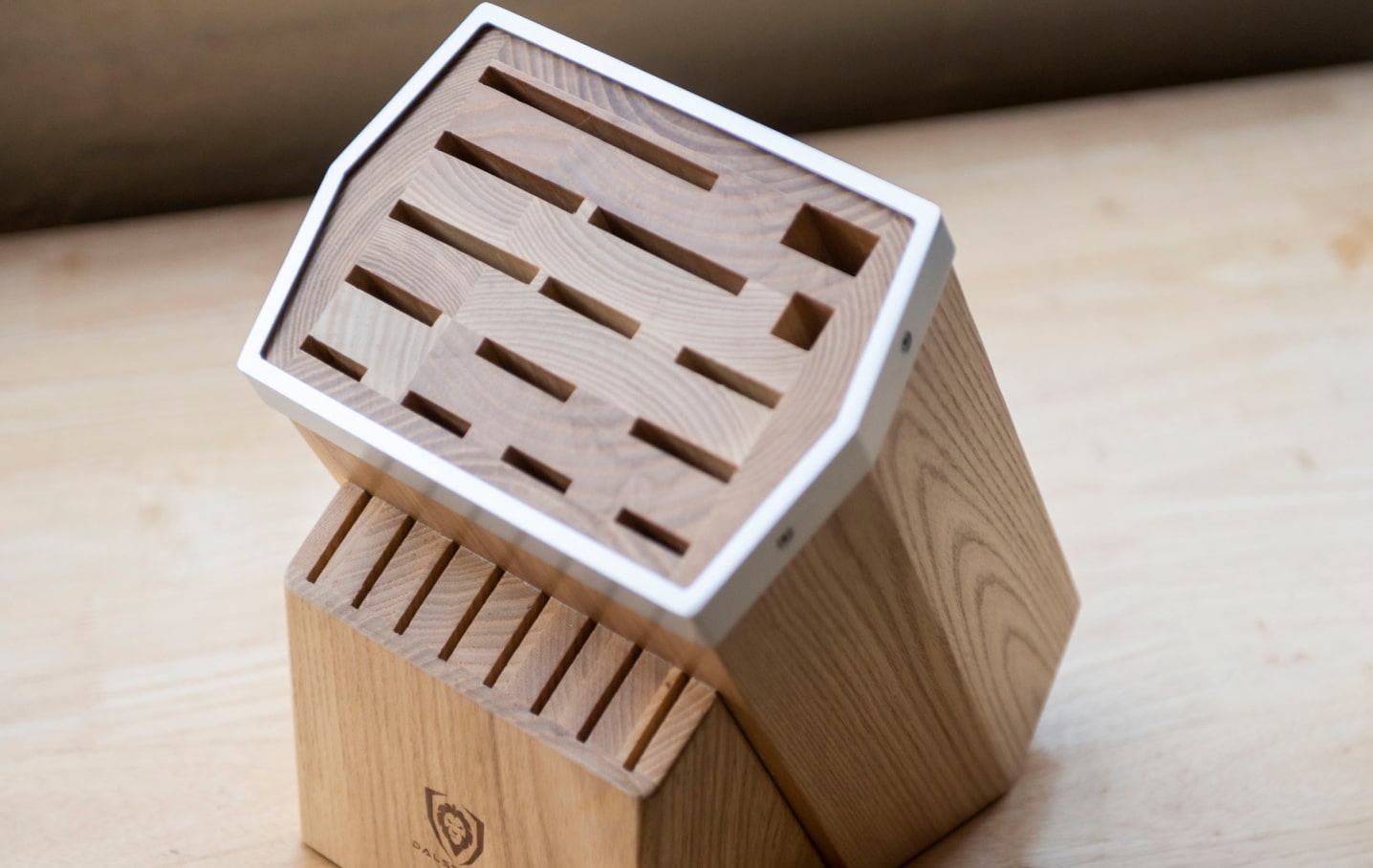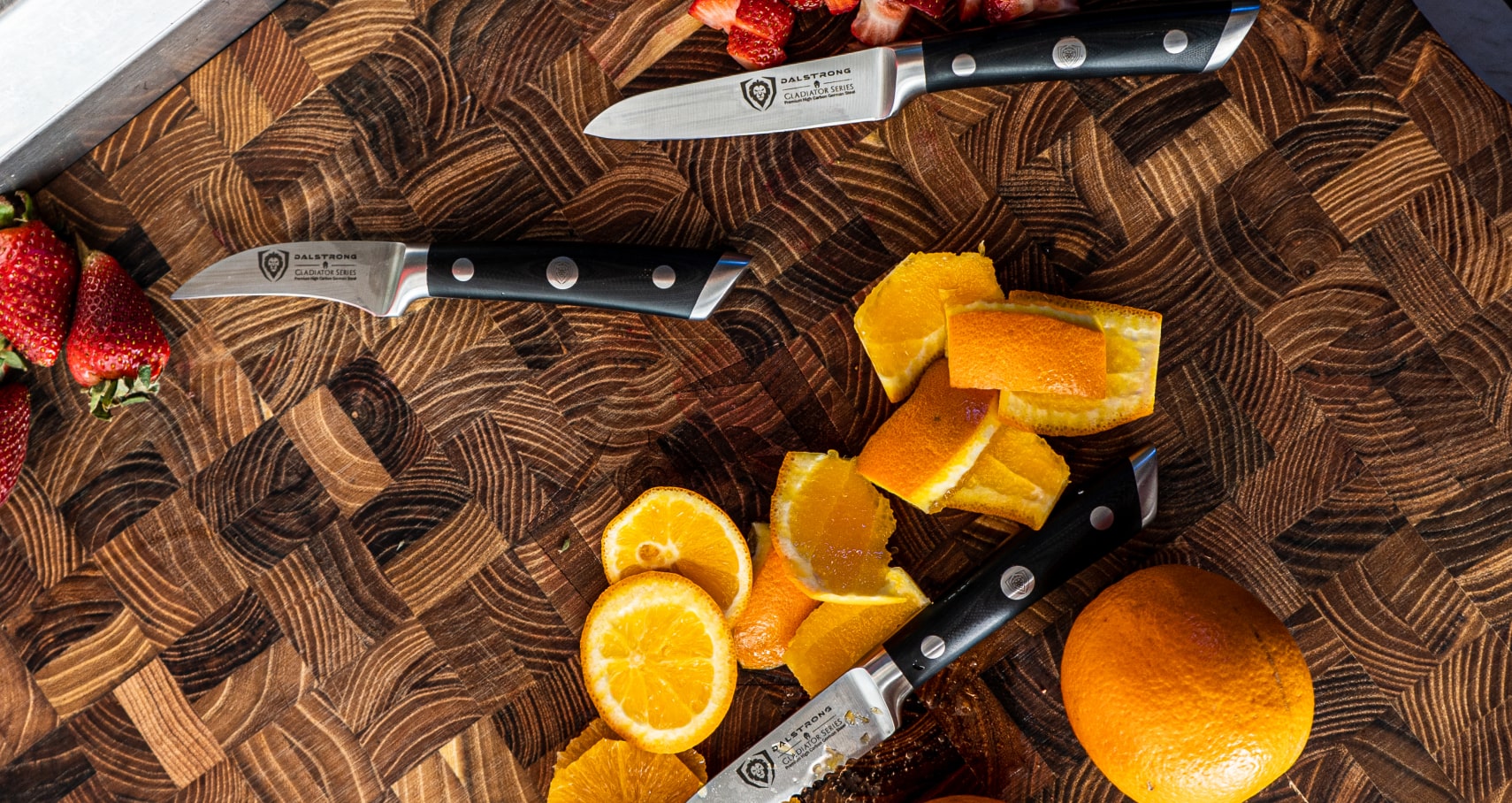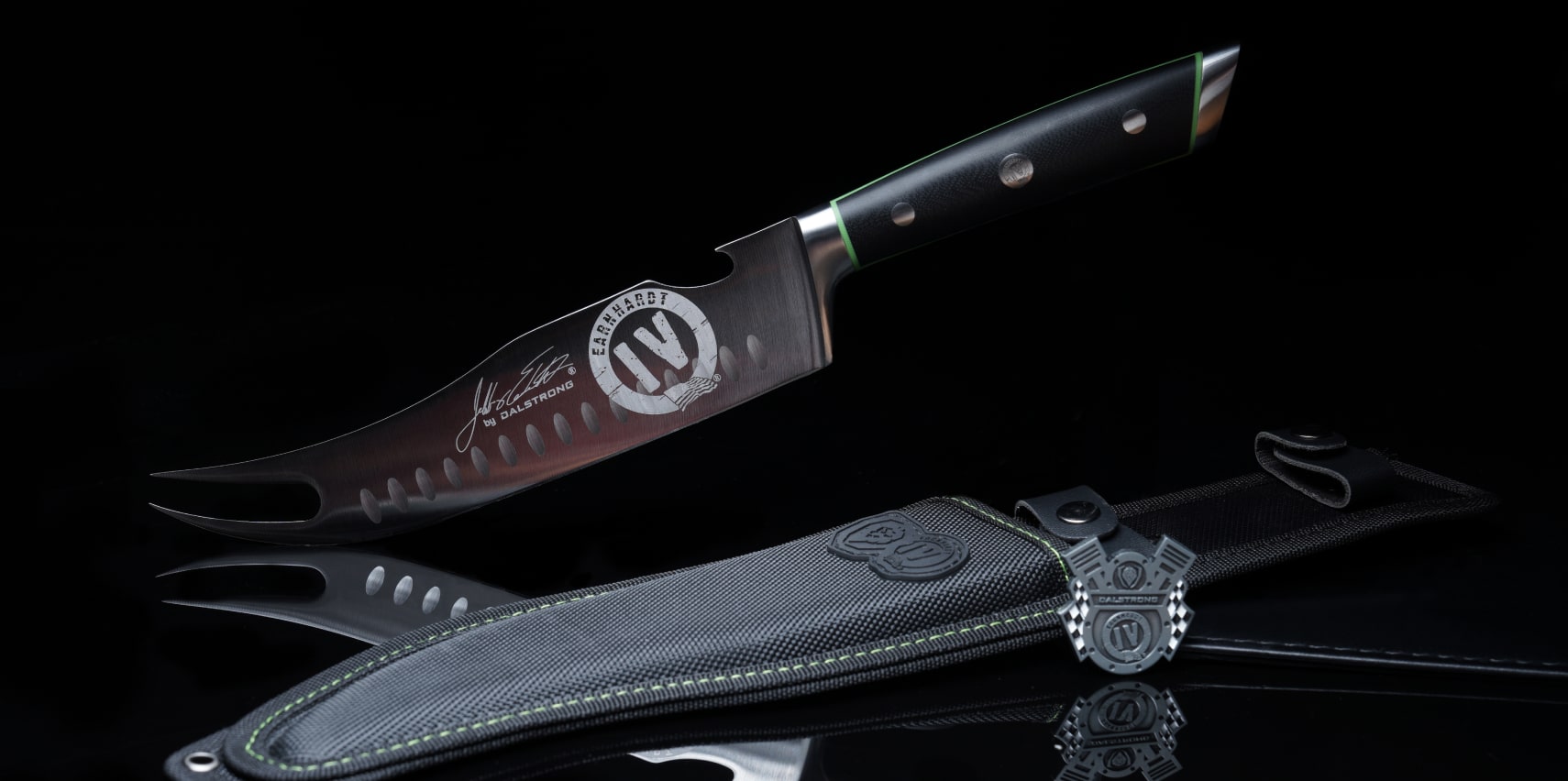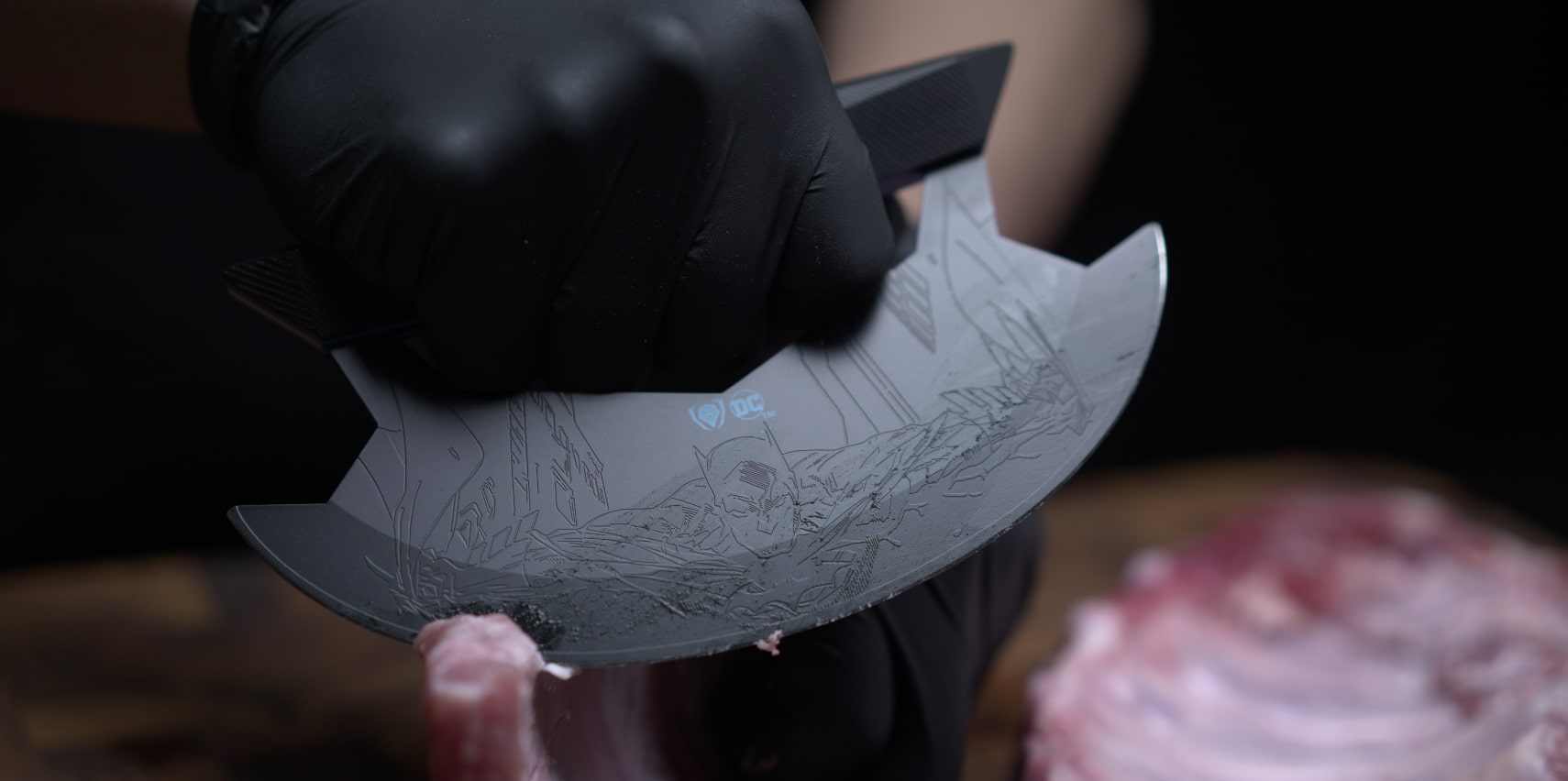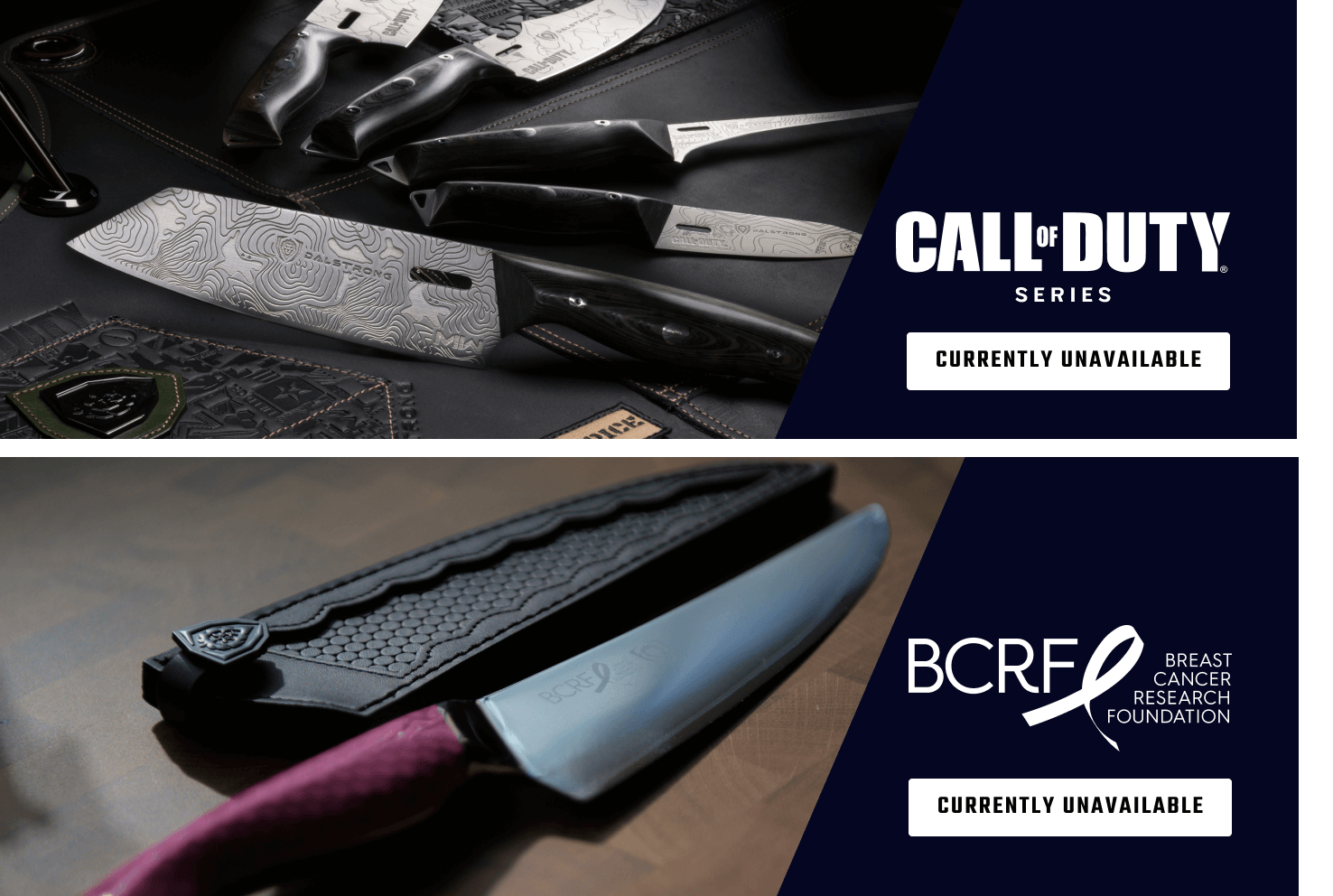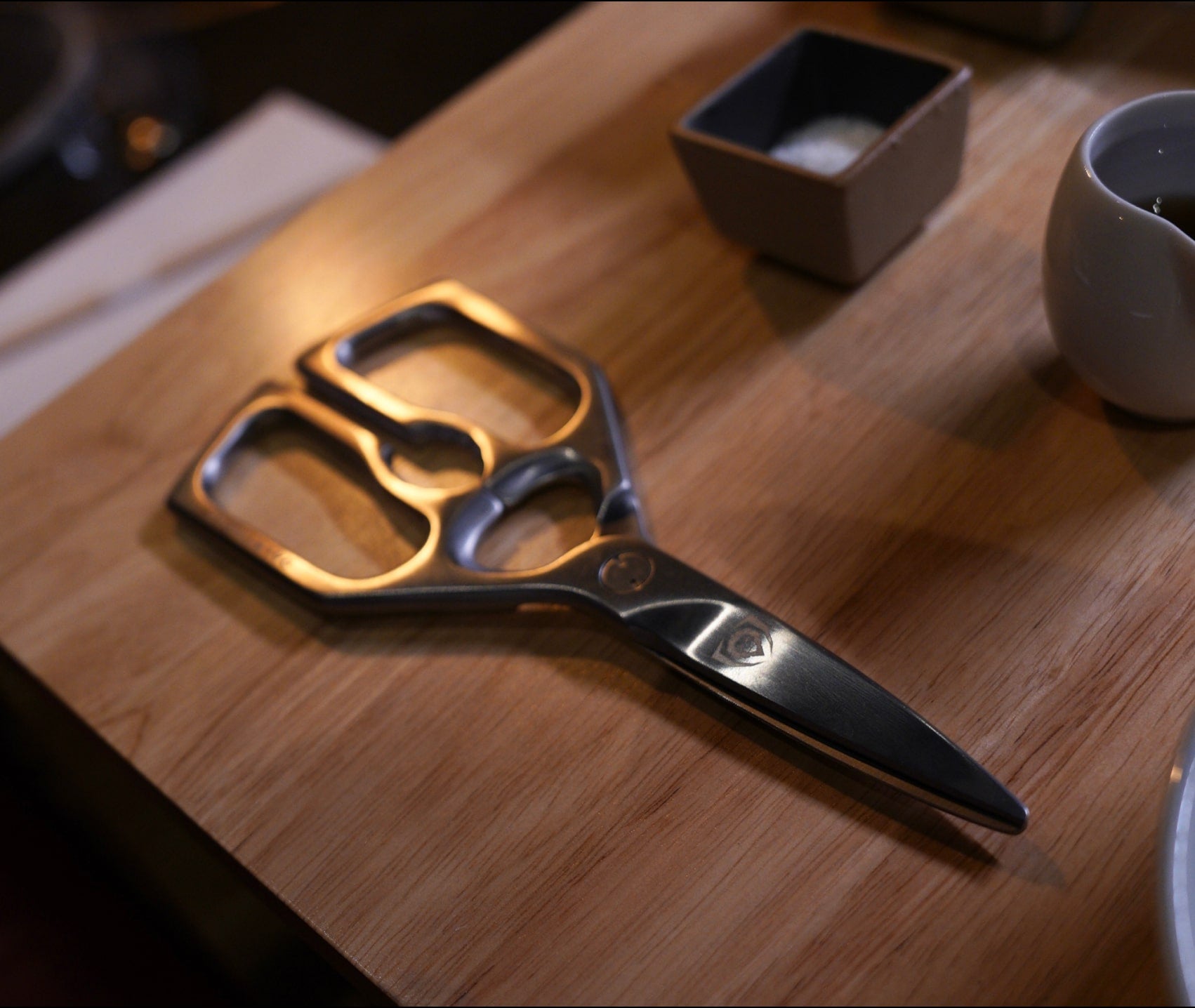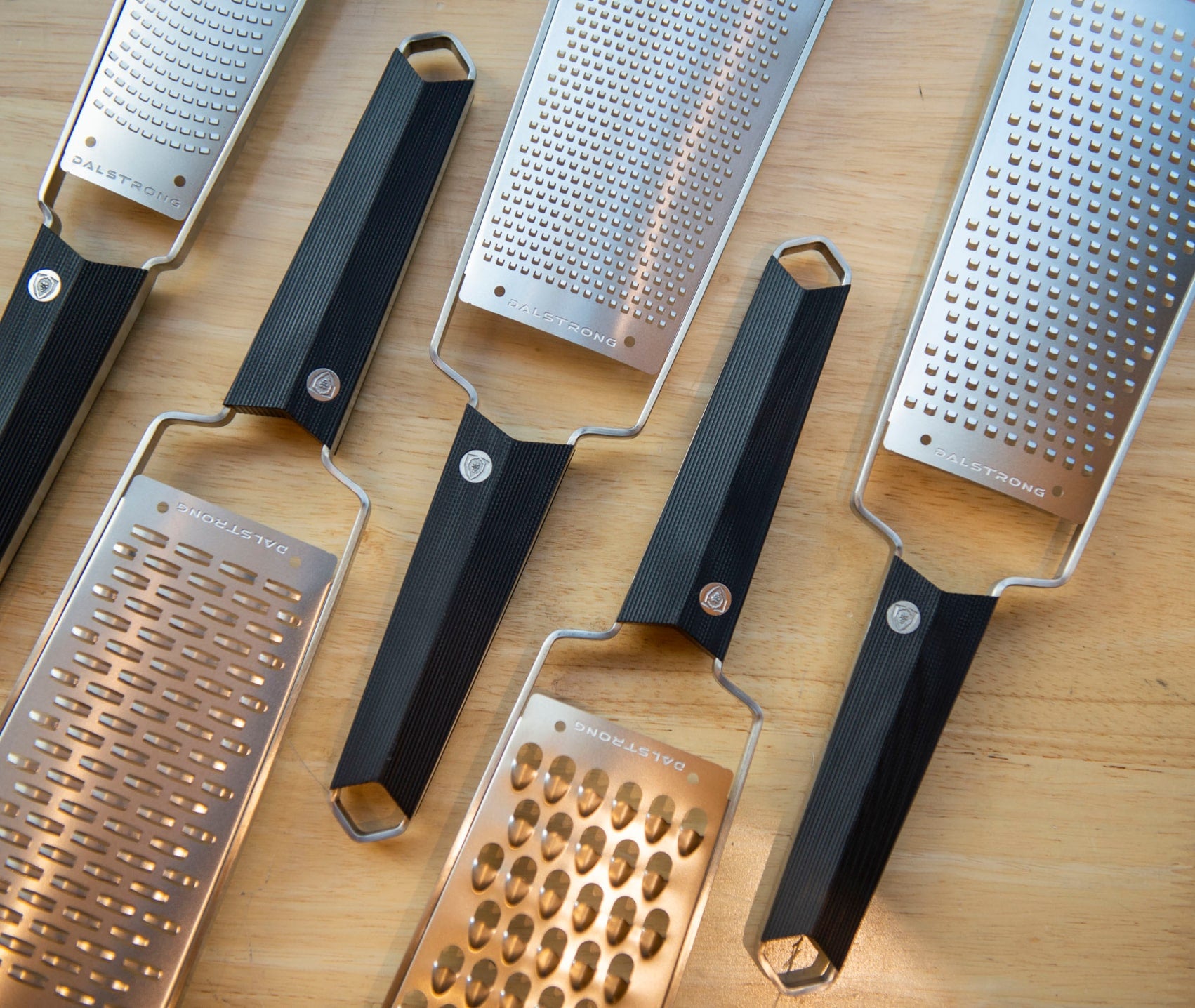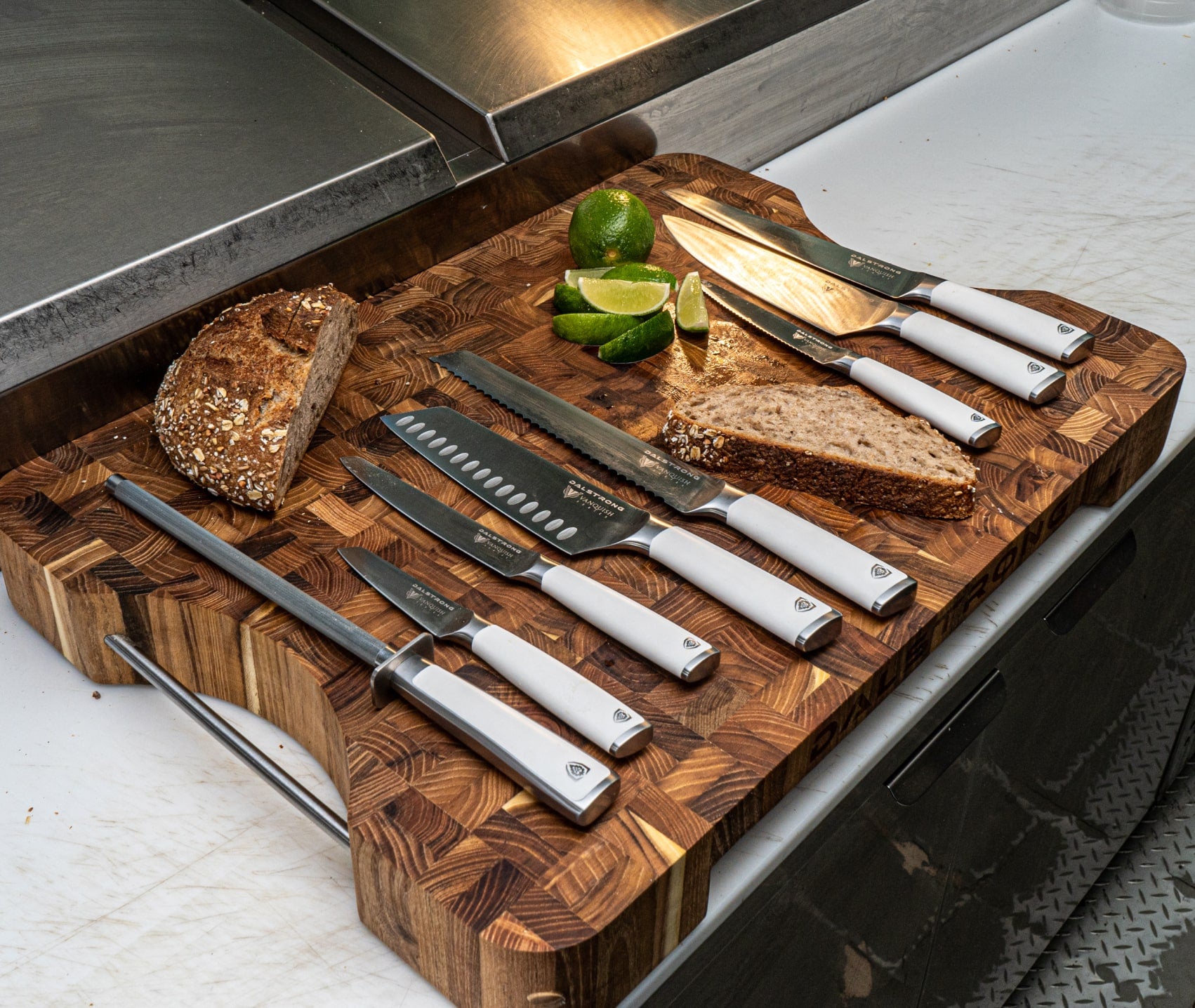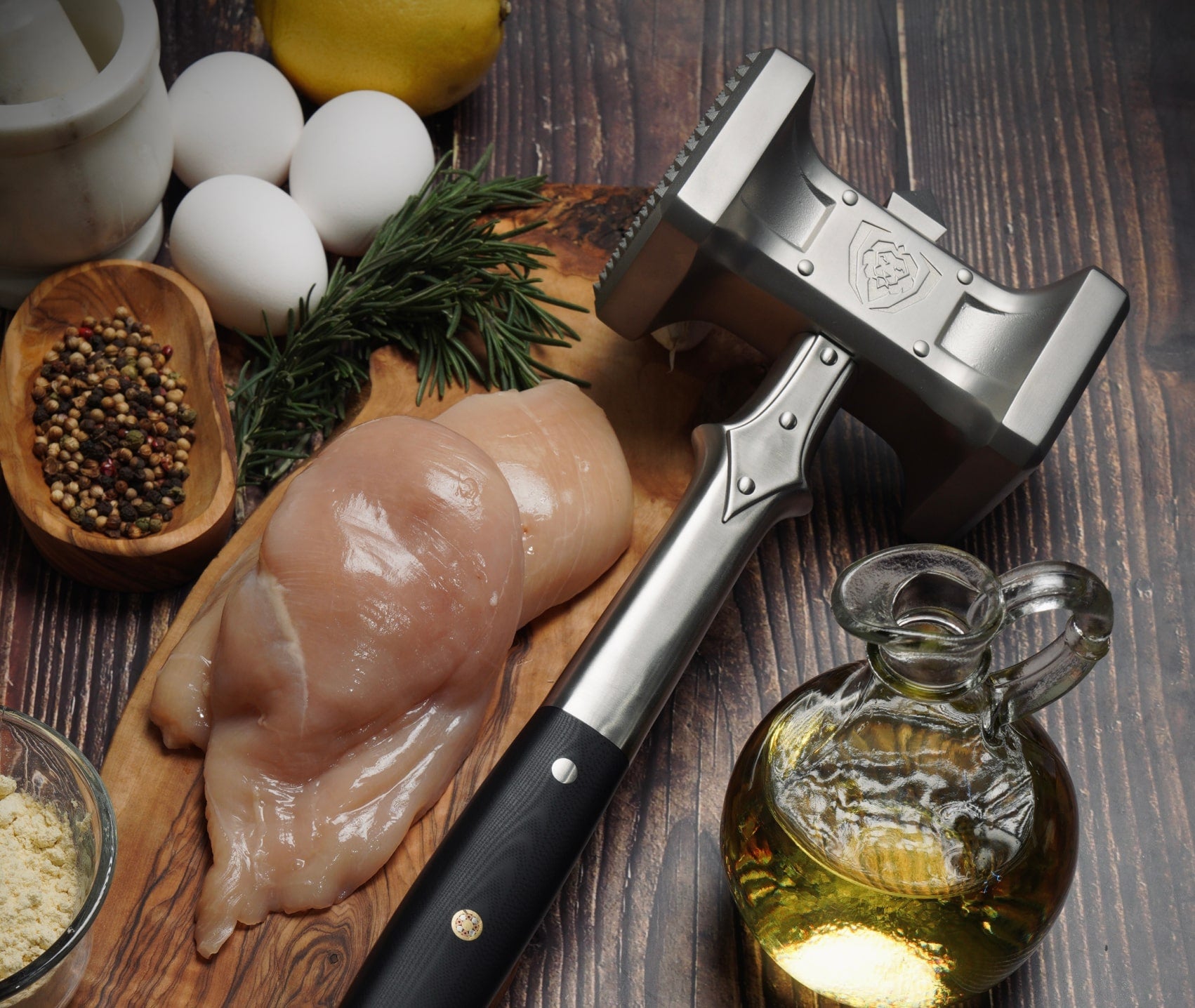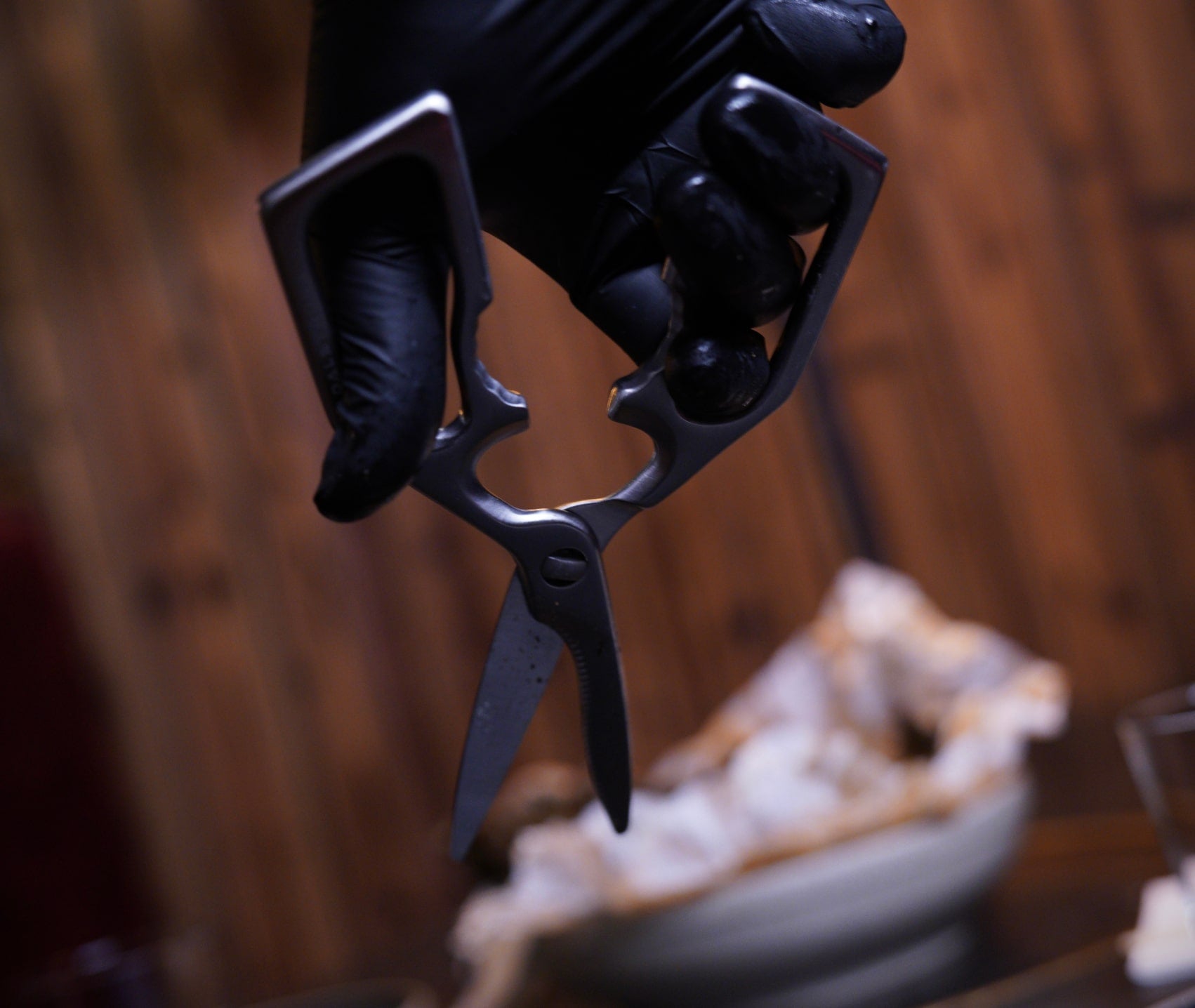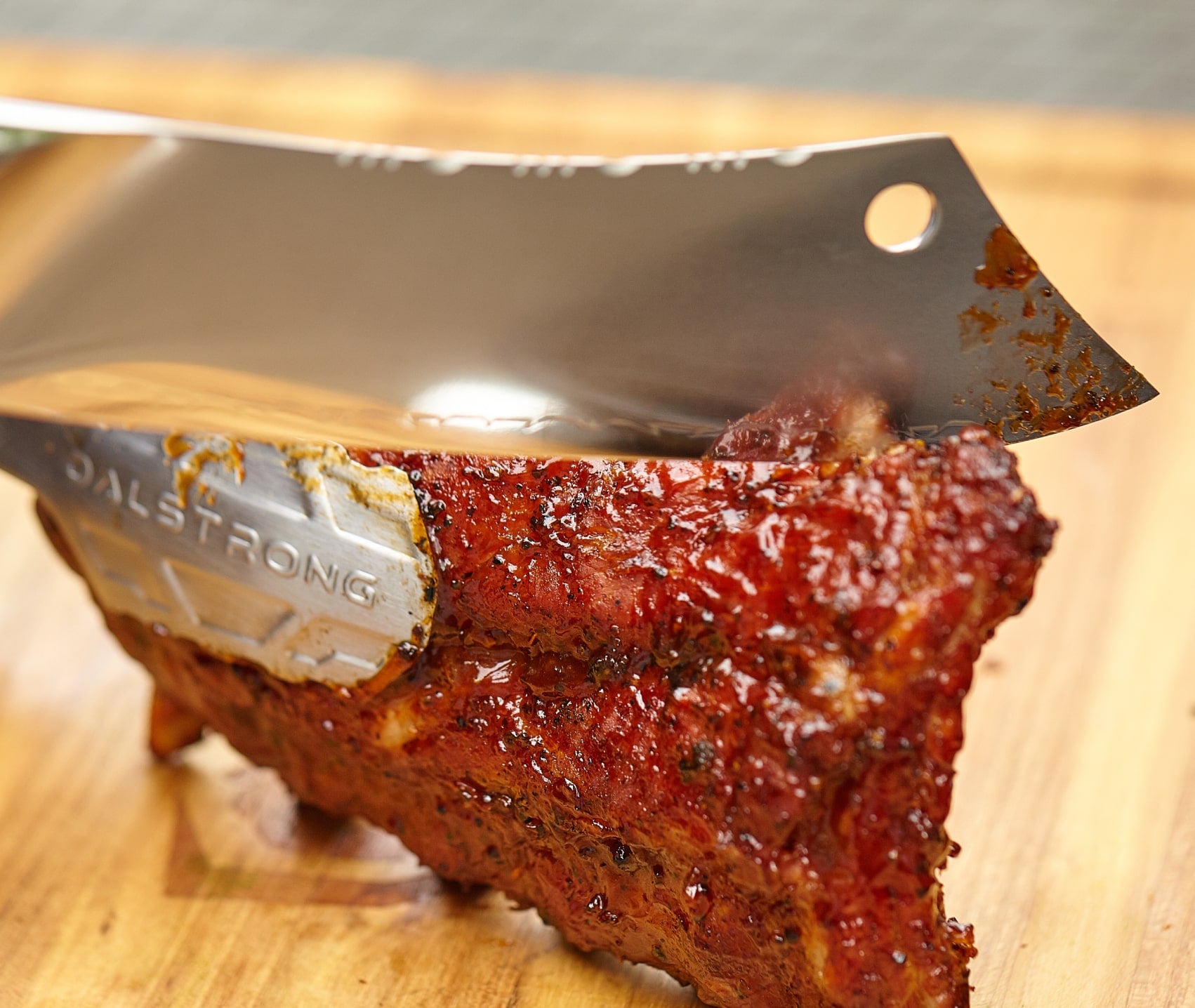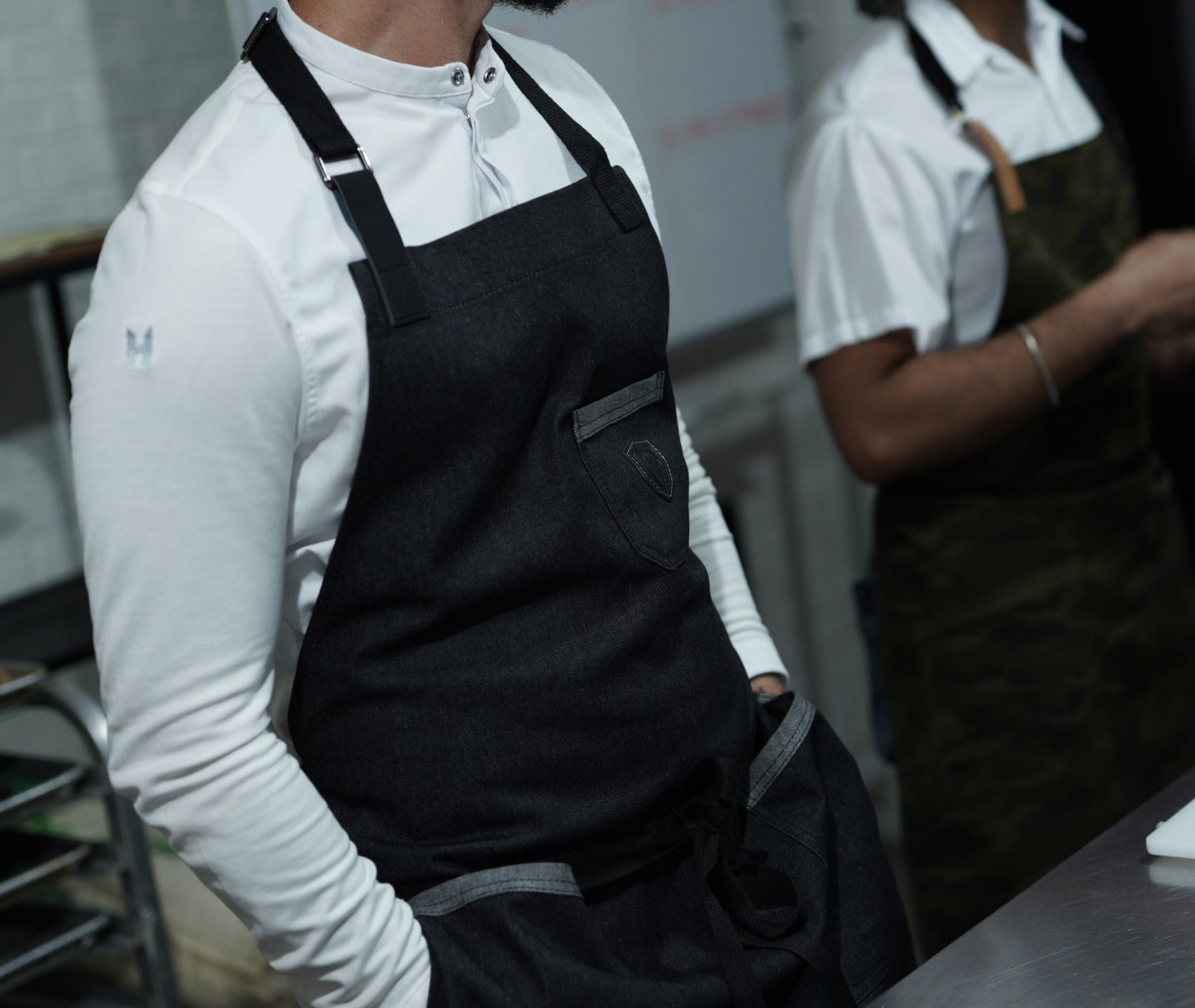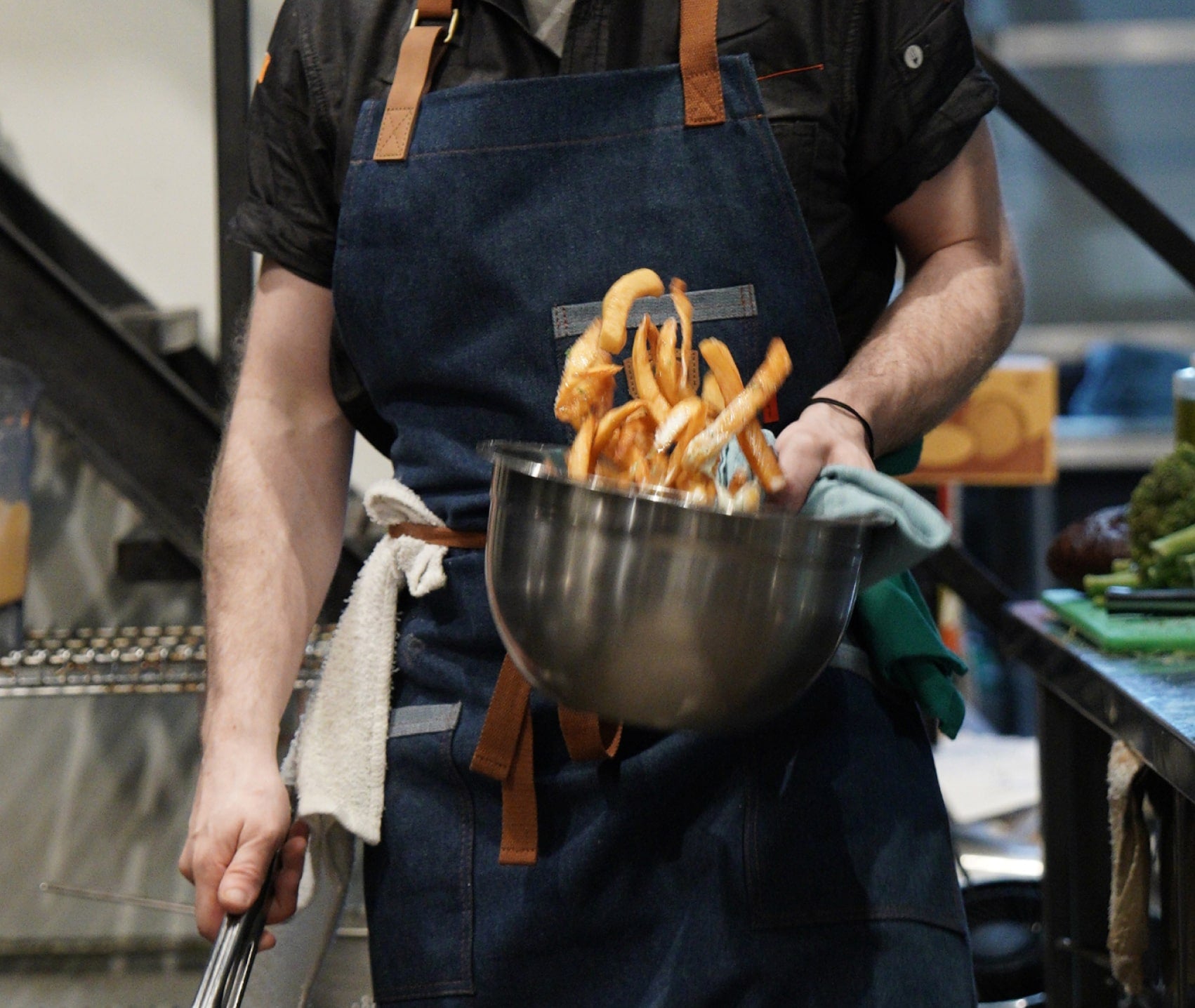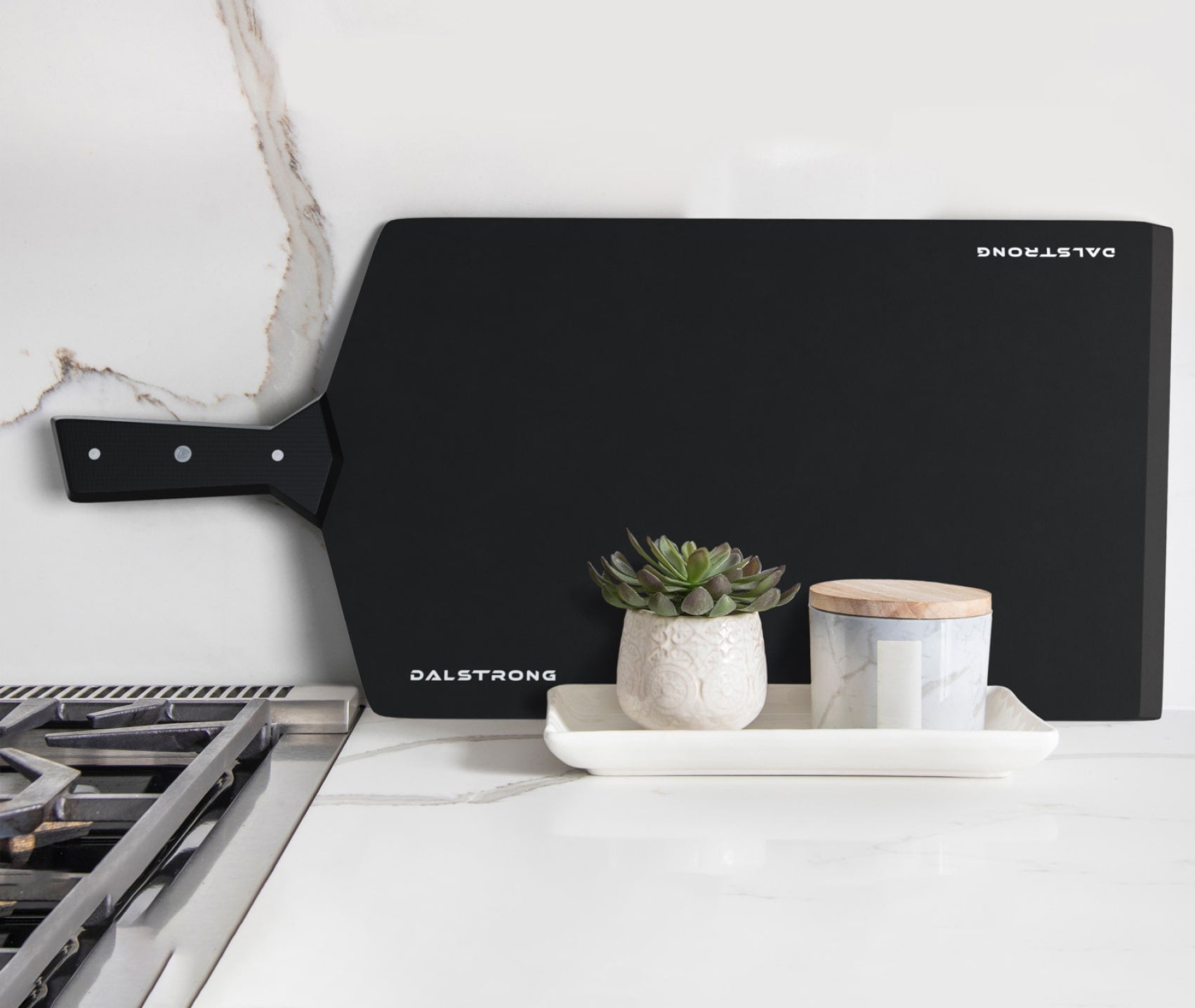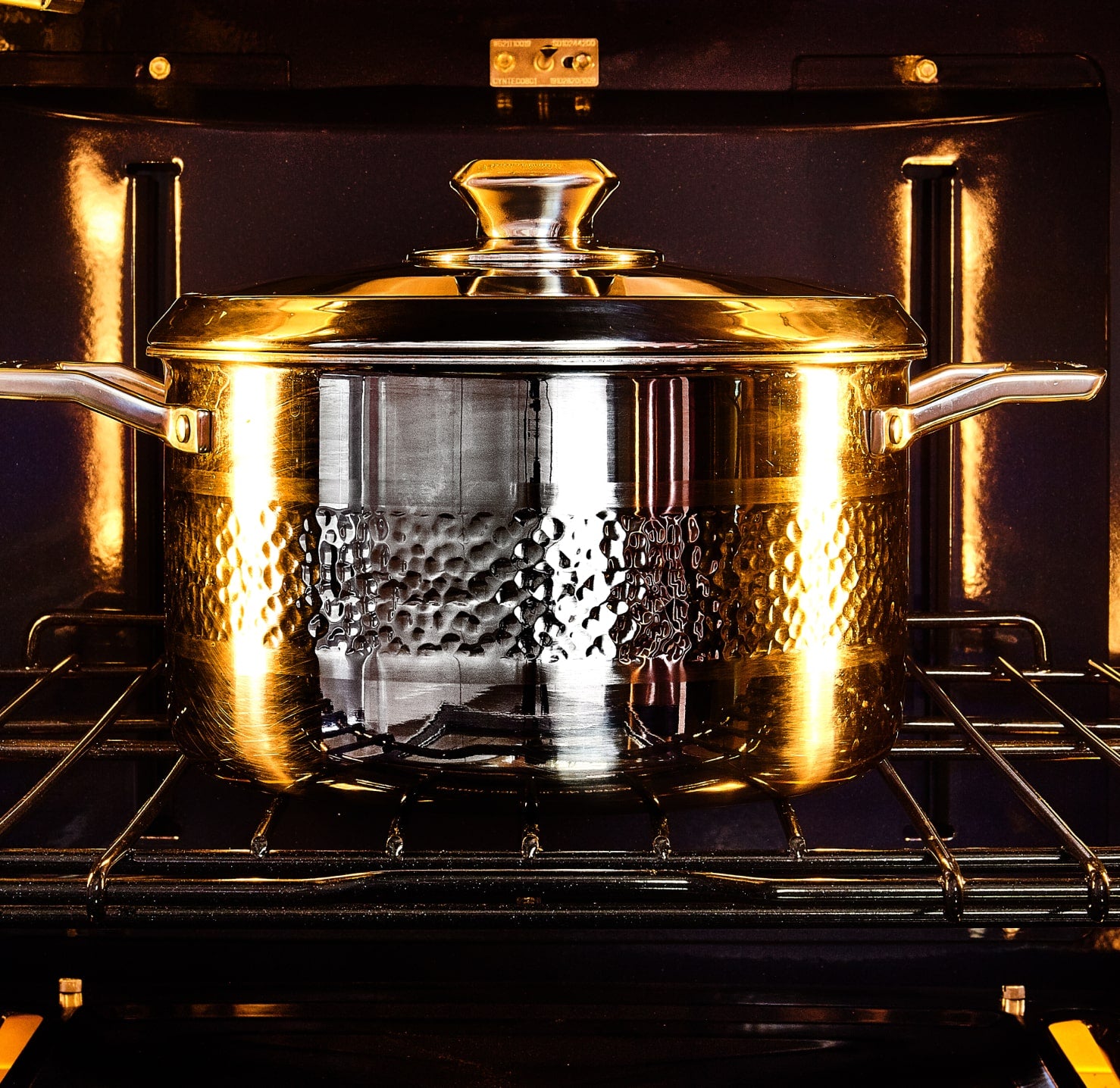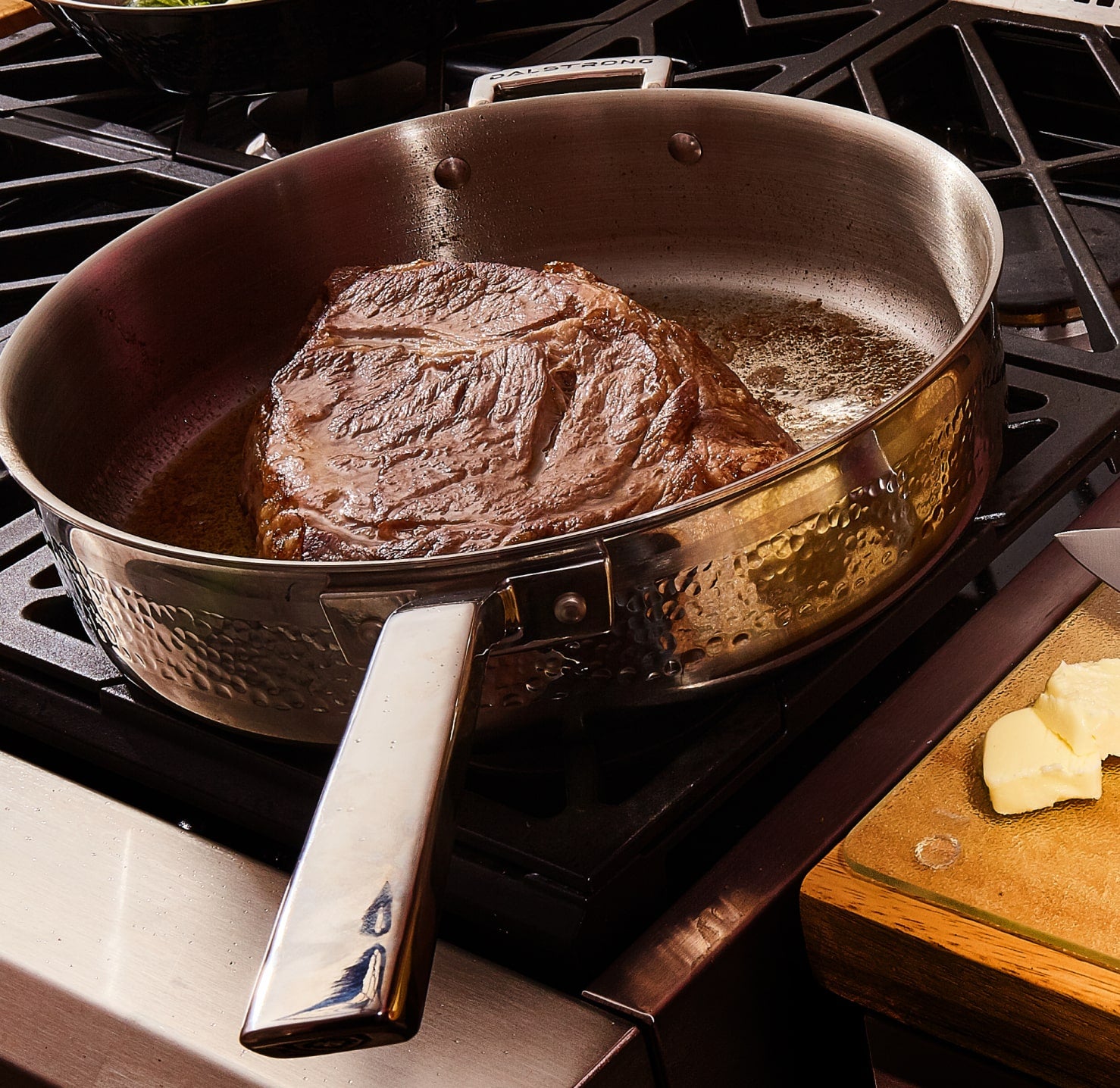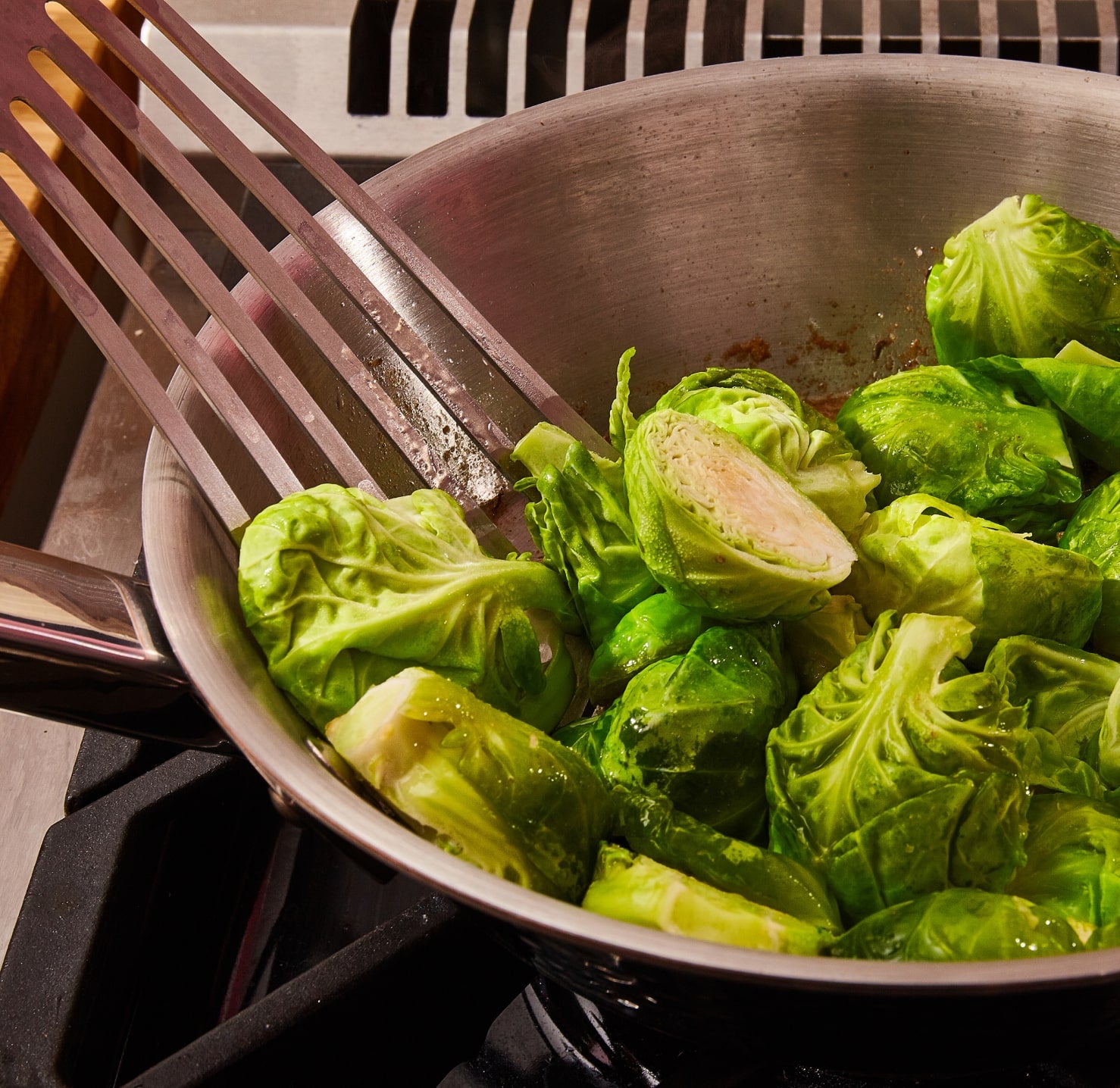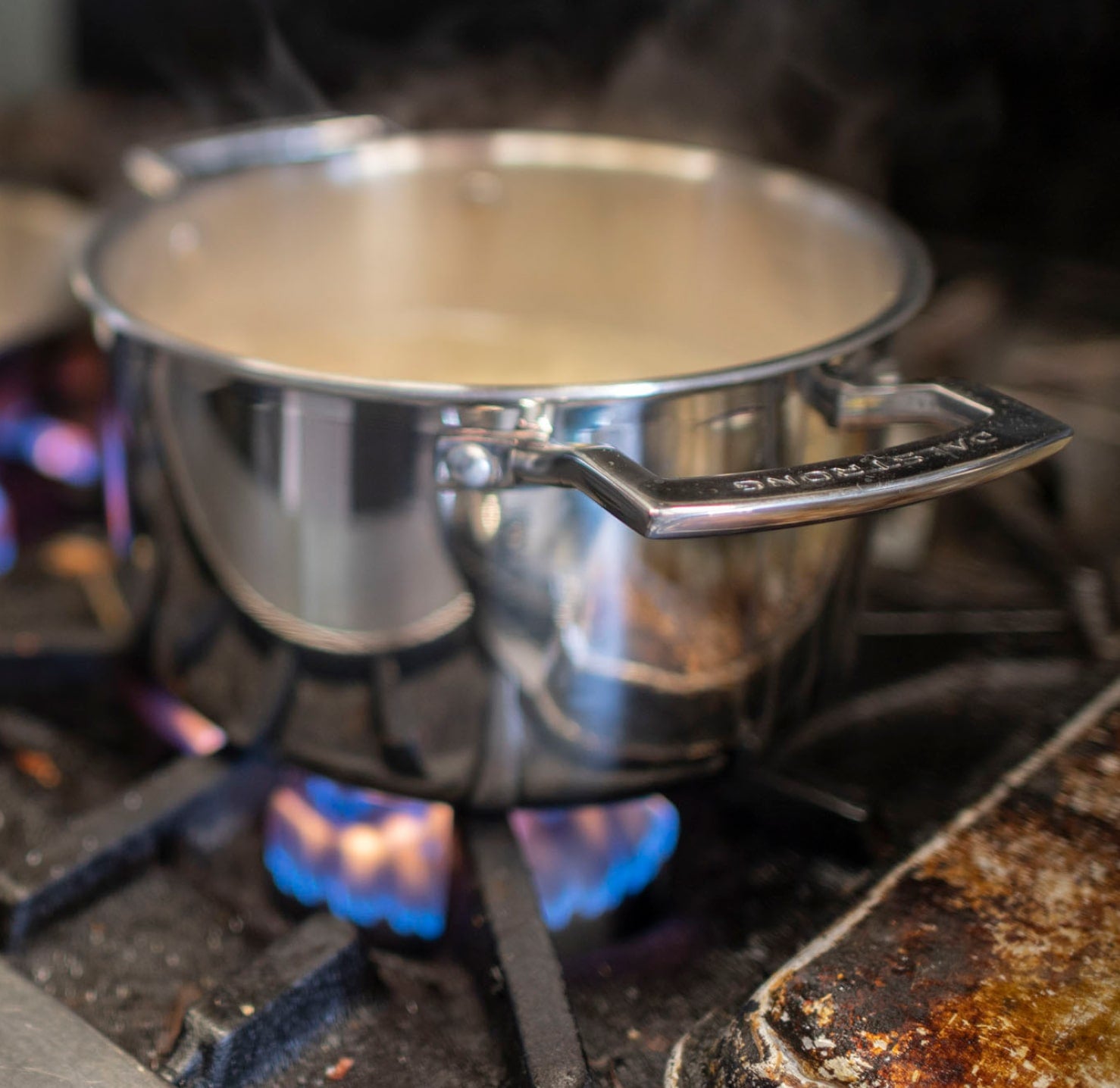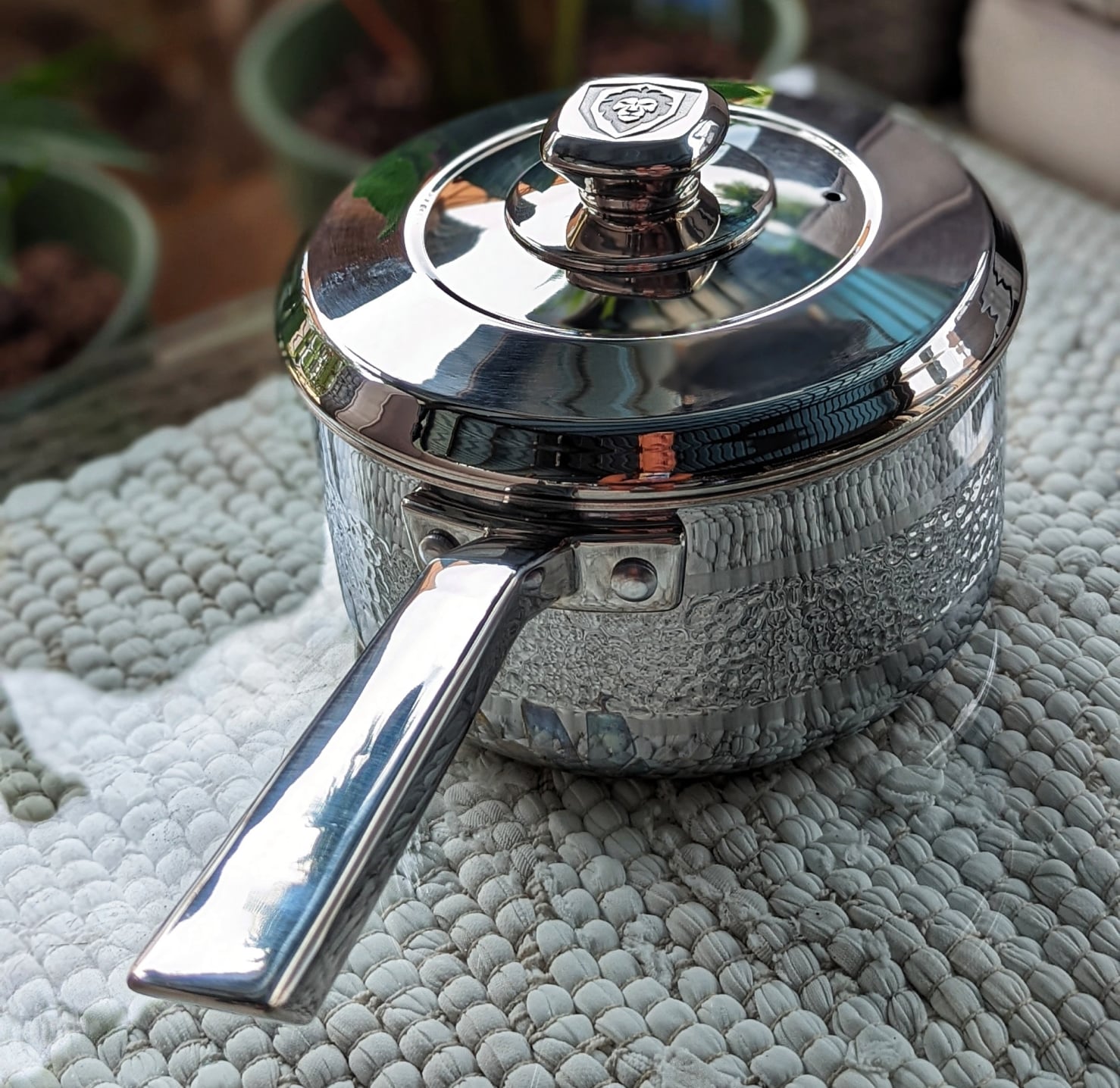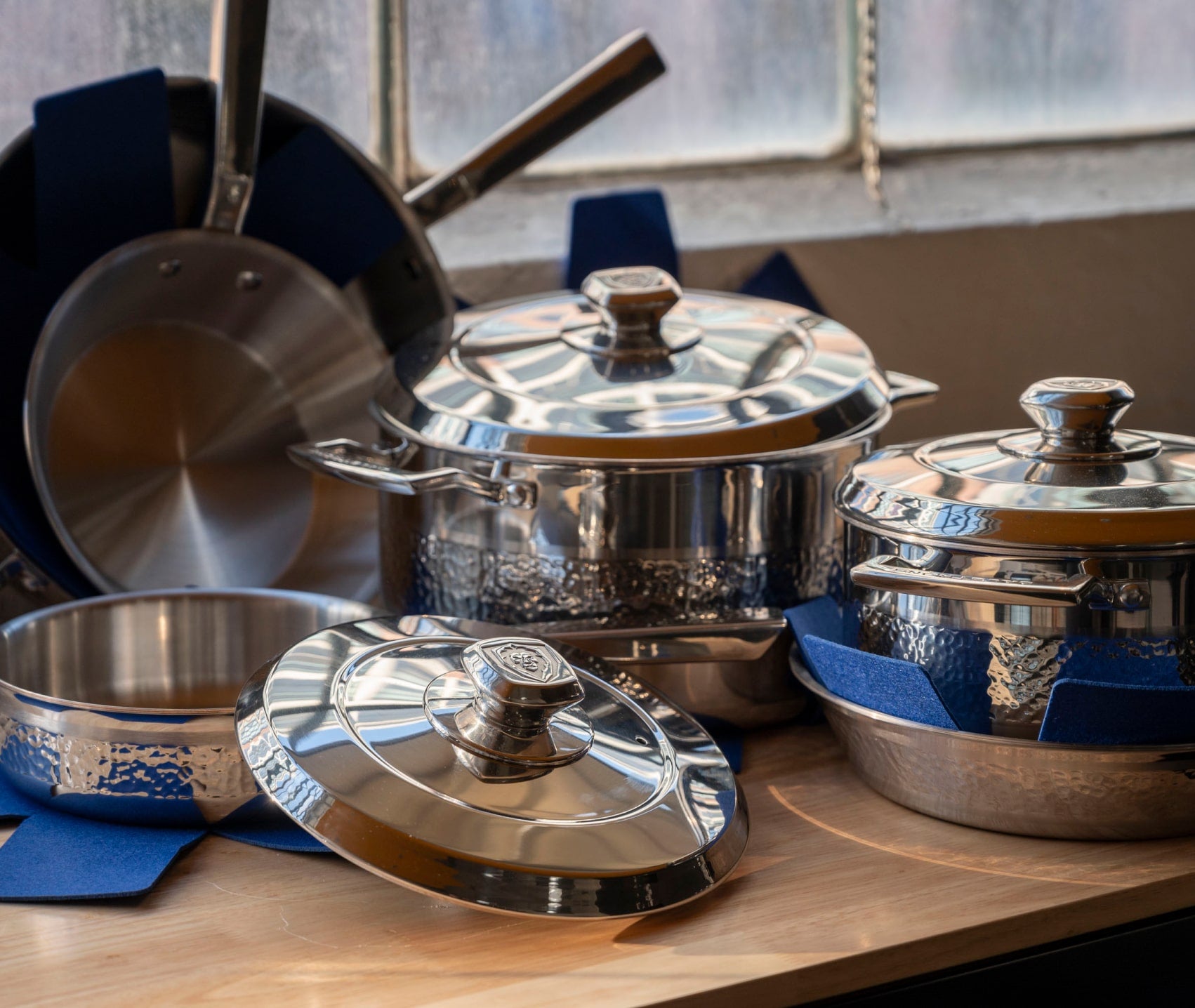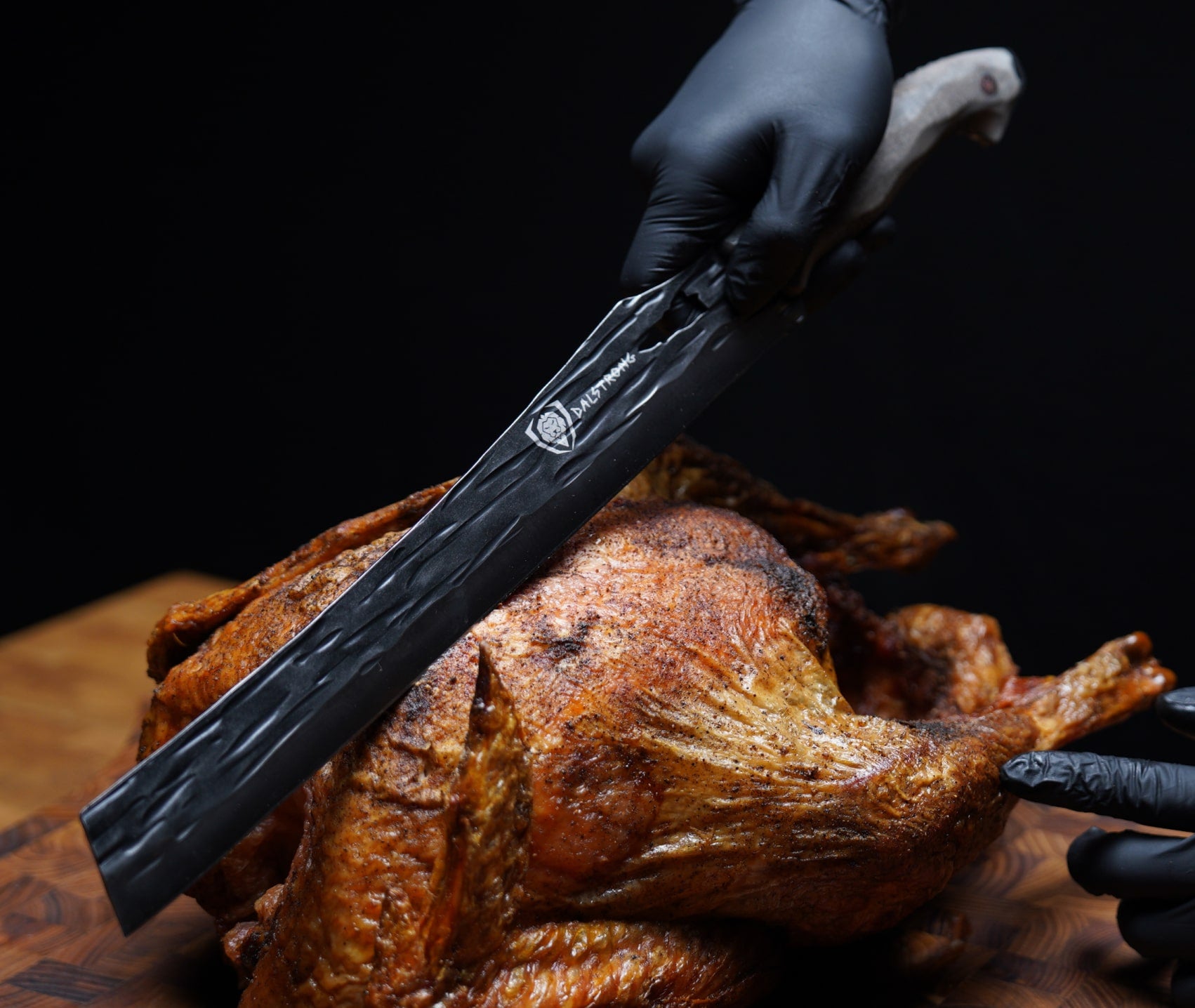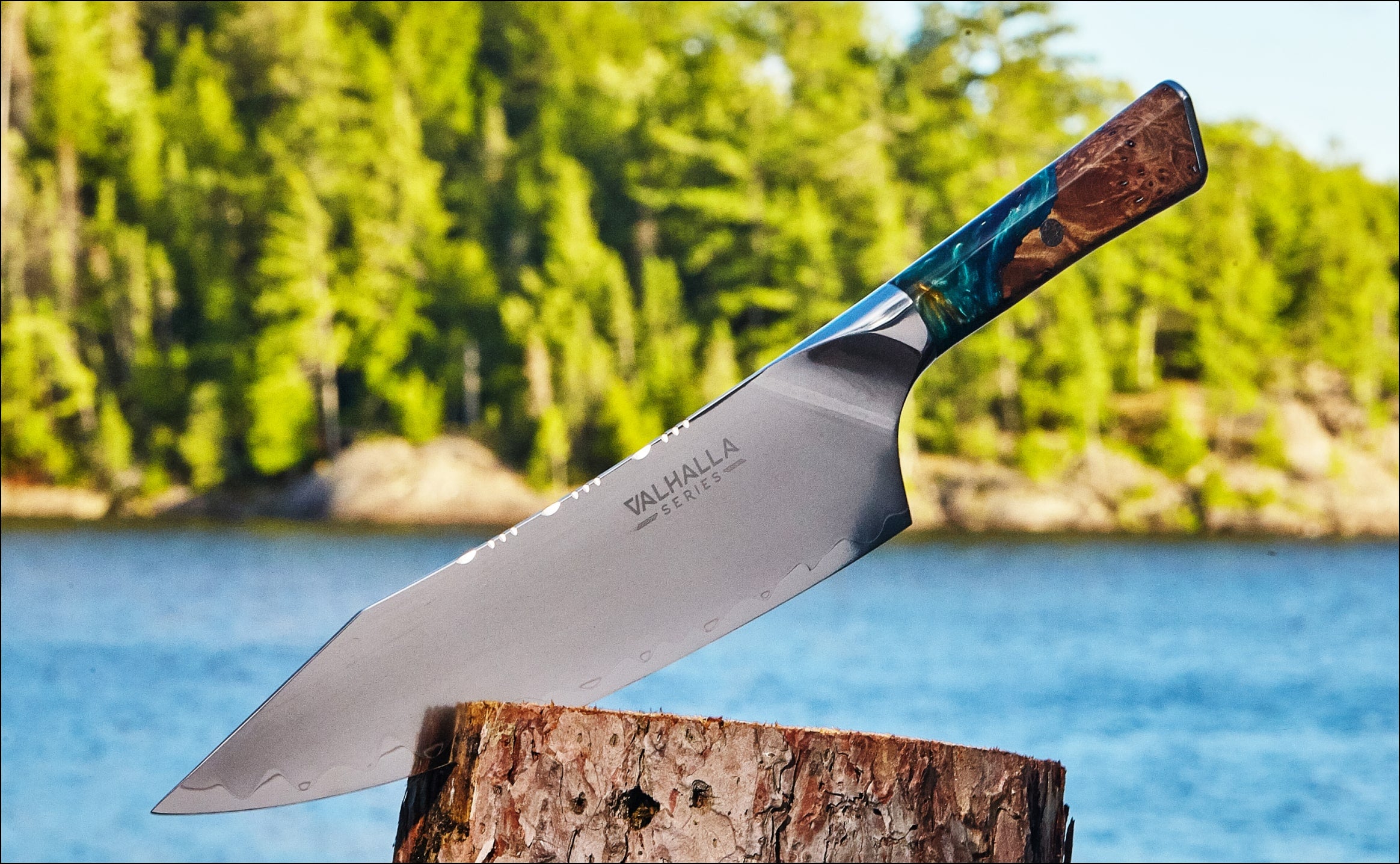How Many Types Of Cheese Are There?
Charcuterie & Cheese Knife Set | Gladiator Series | Dalstrong ©
Cheese is a dairy product that adds a unique, appetizing taste to every meal. It is categorized into various types, offering different textures, flavors, and aromas. You can top cheese over salads, melt in to your favorite comforting food, or eat it on its own.
There are approximately 2,000 types of cheese. If you're a cheese lover, then you're in for a ride.
1. Different Cheese Categories
4-Piece Charcuterie & Cheese Knife Set Gladiator Series | NSF Certified
Cheese is a global favorite with its flavor diversity, offering something for every palate. It can be broadly categorized into several main groups based on their texture, flavor, and production methods. Each category has countless types with unique flavors and characteristics. There are numerous types in each category, each with its own flavors and qualities.
Fresh Cheese
Fresh cheeses are unaged, typically high in moisture content, and characterized by their soft, creamy texture and mild flavor. Ideal for salads, pizzas, and spreads. They go nicely with fruits and are great for pasta fillings and dessert toppings.
Examples: Mozzarella, Ricotta, Goat Cheese (Chèvre).
Soft Cheese
Soft cheeses are characterized by their complex flavor and creamy texture and often have an edible rind. Perfect for spreading on crackers or bread, baking in pastries, or adding richness to salads and sandwiches.
Examples: Brie, Camembert, Feta.
Semi-Soft Cheese
Semi-soft cheeses are pliable, with a moderate moisture content. They usually have a mild, nutty flavor. Great for melting in sandwiches, gratins, or as a standalone snack. They also pair well with fruits, nuts, and charcuterie.
Examples: Gouda, Havarti, Fontina.
Semi-Hard Cheese
These cheeses have a firm yet still sliceable texture. They have a nice balance of flavor intensity and texture, making them ideal to use for both cooking and baking. Perfect for slicing on sandwiches, grating over pasta, or enjoying on its own.
Examples: Cheddar, Edam, Monterey Jack.
Hard Cheese
Dense and firm, hard cheeses are aged, which results in a crumbly or granular texture. Its strong and robust flavor brings depth to sauces and soups. It is also ideal for grating over dishes, shaving into salads, or enjoying as a standalone snack.
Examples: Parmesan, Pecorino Romano, Gruyère.
Blue Cheese
These cheeses feature blue or green veins of mold and have a tangy and pungent flavor. Best enjoyed crumbled over salads, paired with honey and fruits, or as a bold element in sauces and dressings.
Examples: Roquefort, Gorgonzola, Stilton.
Processed Cheese
Processed cheeses are manufactured by blending natural cheese with emulsifiers, stabilizers, and flavorings. They have a smooth texture commonly used for sandwiches, melting on burgers, or incorporating to sauces and dips.
Examples: American Cheese slices.
Flavored or Specialty Cheese
They are infused with a wide variety of spices, herbs, and even fruits, creating a distinct taste and adding depth to many dishes. They are perfect for snacking, pairing with wine, or incorporating into creative recipes.
Examples: Pepper Jack, Herbed Boursault.
Smoked Cheese
These cheeses retain their original texture but achieve a unique taste as they undergo a smoking process. Enjoyed on cheese boards, in sandwiches, or melted over dishes. They add a delightful smokiness to various recipes.
Examples: Smoked Gouda, Smoked Cheddar.
Fresh Aged Cheese
These are fresh cheeses that have been aged for a relatively short period, giving them a bit more depth of flavor than their unaged counterparts. Great for crumbling over salads, adding into pasta dishes, or enjoying with crackers and fruits. They offer a nuanced flavor profile.
Examples: Aged Goat Cheese, Aged Feta.
2. How Many Types Of Cheese Are There?

There are approximately 2,000 types of cheese worldwide. Each type is unique in flavor, texture, and characteristics. We've listed a few examples below.
Monterey Jack
It is a semi-soft American cheese known for its mild flavor and smooth texture. Often used in dishes like quesadillas and sandwiches.
Goat's Milk Cheese
Cheese made from goat's milk known for its distinct tangy flavor and creamy texture. Some of its popular varieties include Chèvre and Feta, widely used in salads and spreads.
Sheep Milk Cheese
It is a cheese crafted from sheep's milk with a rich, nutty flavor. Manchego, a well-known variety, is often enjoyed on its own or in Spanish tapas.
Swiss Cheese
It is recognized for its distinctive holes (eyes) and nutty, slightly sweet flavor. It is great to use in sandwiches, fondues, and quiches.
Fresh Cheese
Unaged cheeses with high moisture content, like Mozzarella or Ricotta. Fresh cheese has a mild and soft characteristic and is often used in many Italian cuisine and salads.
Cottage Cheese
It is a type of fresh cheese known for its crumbly texture and for having low-fat content. Cottage cheese is flavorful on its own or mixed with fruits for a light, healthy snack.
Cream Cheeses
Soft, spreadable cheeses with a smooth texture and mild flavor. Cream cheese goes perfectly with bagels, pastries, and cheesecakes.
Blue Cheese
Characterized by blue or green veins of mold, blue cheese offers a pungent, tangy flavor. Roquefort and Gorgonzola are two of the many blue cheese varieties that are ideal for salads and dressings.
Brie Cheese
Brie is a soft, white cheese distinct with creamy texture and mild, buttery flavor. Often baked and served with crusty bread or fruits.
Port Salut
A semi-soft French cheese with a distinctive orange rind and mild, nutty flavor. It is popular for snacking and melting in sandwiches.
Ricotta Cheese
An Italian whey cheese known for its grainy texture and mild flavor. Ricotta is used in dishes like lasagna, stuffed pasta, and desserts.
Fontina Cheese
A semi-soft Italian cheese with a pale yellow color and nutty flavor. It is commonly used in fondues and other melted cheese dishes.
Parmesan Cheese
A hard, granular cheese known for its strong, nutty flavor. It is often grated over pasta dishes and used in sauces like Alfredo.
Mozzarella Cheese
Mozzarella is a fresh cheese with a moist, elastic texture known for its meltability. It is a key ingredient in pizza and Caprese salad.
Colby Cheese
A mild, semi-hard cheese similar to cheddar but softer in texture. Often used in sandwiches and snacks.
Gruyère Cheese
A firm, pale yellow Swiss cheese known for its nutty flavor. It is popular in dishes like quiches and French onion soup.
Feta Cheese
A crumbly, salty cheese with a tangy flavor. It is commonly used in Greek salads and Mediterranean dishes.
Halloumi Cheese
A Cypriot cheese with a high melting point, allowing it to be grilled or fried. It features a mild, salty flavor that is widely used in Mediterranean cuisine.
Camembert Cheese
A soft, creamy cheese similar to Brie, known for its earthy flavor and velvety texture. It is often baked and served with crusty bread.
Gouda Cheese
A mild, nutty cheese with a smooth texture. Gouda cheese is very versatile. It can be enjoyed on its own or melted in sandwiches, and can even incorporated into various recipes.
Gorgonzola
A bold, blue-veined cheese with a sharp, tangy flavor. It is often crumbled over salads or used in pasta dishes.
Pecorino Romano
A hard, salty Italian cheese made from sheep's milk. It is commonly grated over pasta dishes for added flavor.
Muenster Cheese
A mild, semi-soft cheese with a pale yellow color and orange rind. It is often used in sandwiches and melts well.
Fresh Mozzarella
A soft, moist cheese with a delicate, milky flavor. It is commonly used in dishes like Caprese salad and pizza.
Queso Fresco
A crumbly, fresh cheese with a mild, salty flavor. It is popular in Mexican cuisine, often crumbled over tacos and salads.
3. How To Slice Cheese
 4 Piece Cheese Knife Set | Shadow Black Series | Dalstrong ©
4 Piece Cheese Knife Set | Shadow Black Series | Dalstrong ©
Slicing cheese is a straightforward process. Here are step-by-step instructions on how to do it properly:
- Gather supplies. You'll need a sharp knife, a clean cutting board, and the block of cheese you want to slice.
- Choose the right knife. A sharp, long-bladed knife works best for slicing cheese. A chef's knife or a cheese knife with a serrated edge is ideal.
- Prep the cheese. Make sure the cheese is at the right temperature for slicing. Most cheeses are easier to slice when they're slightly chilled, but not too cold.
- Cut off uneven edges. If the cheese has uneven edges or rind, consider trimming them off for a neater presentation.
- Determine Your Slicing Style. Decide whether you want thin, even slices or thicker, chunkier ones, based on your recipe or preference.
- Position the knife. Hold the knife perpendicular to the cheese, with the blade's edge facing the direction you want to slice.
- Apply even pressure. Start at one end of the cheese and use a smooth, even motion to push the knife through the cheese. Apply gentle pressure to ensure a clean cut.
- Adjust thickness as needed. For thicker slices, adjust the pressure accordingly. For thinner slices, use a lighter touch.
- Repeat. Continue to make additional slices, maintaining the desired thickness.
- Store properly. If you're not using all the cheese at once, wrap the remaining portion in wax paper or parchment paper, followed by plastic wrap or a resealable bag. Store cheese properly in the refrigerator to maintain its freshness.
- Clean your knife. After slicing, wash your knife with warm, soapy water to remove any cheese residue.
Remember, practice makes perfect. With a bit of experience, you'll become more adept at slicing cheese to your desired thickness and style. Enjoy your perfectly sliced cheese!
In case you prefer shredded cheese, learn how to grate your cheese here.
4. How To Make A Beautiful Charcuterie Board
 4 Piece Cheese Knife Set | Shadow Black Series | Dalstrong ©
4 Piece Cheese Knife Set | Shadow Black Series | Dalstrong ©
Creating a delightful charcuterie board is an artful combination of flavors, textures, and presentation. Here's a step-by-step guide to help you craft a stunning charcuterie board:
Ingredients and Supplies:
- Selection of Cheeses: Choose a variety of cheeses, such as soft, semi-soft, and hard cheeses. Consider options like Brie, Gouda, Cheddar, and Blue Cheese.
- Cured Meats: Include a selection of cured meats like prosciutto, salami, and chorizo. These add savory flavors and complement the cheeses.
-
Accompaniments: Add a mix of sweet and savory accompaniments like:
- Fruits: Grapes, figs, apple slices, or dried apricots.
- Nuts: Almonds, walnuts, or candied pecans.
- Olives and Pickles: Various types and flavors.
- Honey or Jam: For a touch of sweetness.
- Mustard or Chutney: Adds tangy flavors.
- Bread and Crackers: Provide an assortment of crackers, baguette slices, and breadsticks. This offers different textures and a base for your toppings.
- Presentation: Use a wooden cutting board, marble slab, or a dedicated charcuterie board for an elegant presentation.
Assembling the Charcuterie Board:
- Arrange Cheeses and Meats: Start by placing the cheeses on the board. Spread them out, leaving space between each variety. Arrange the cured meats around the cheeses.
- Add Complementary Pairings: Strategically place the fruits, nuts, and accompaniments. Consider placing them in clusters or draping them around the cheeses and meats.
- Incorporate Bread and Crackers: Arrange the bread and crackers in various spots on the board. You can stack or fan them for an appealing look.
- Fill Empty Spaces: Use smaller items like olives, pickles, and small clusters of grapes to fill any empty spaces. This adds visual appeal and balance.
- Consider Visual Balance: Aim for a visually appealing balance of colors, shapes, and sizes. Create contrast by placing dark items near light ones.
- Final Touches: Drizzle honey over certain cheeses, sprinkle fresh herbs, or garnish with edible flowers for an extra touch of elegance.
- Label Varieties (Optional): If you have a diverse selection of cheeses or accompaniments, consider labeling them for convenience.
- Serve at Room Temperature: Take the charcuterie board out of the refrigerator about 30 minutes before serving to allow the flavors to shine.
Remember, a charcuterie board is meant to be a feast for both the eyes and the taste buds. Unleash your creativity and try paring different flavors and textures. Enjoy!
Must-Have Dalstrong Tools For Slicing Cheese And Making Charcuterie Board
1. 4-Piece Cheese Knife Set | Shadow Black Series | NSF Certified | Dalstrong
Slice cheeses in style with this sleek and extremely cool-looking 4-PC Cheese Knife Set from Dalstrong’s Shadow Black Series. Not only are they stylish, but they also stand out in terms of performance with their blades forged from premium high-carbon 7CR17MOV-X super-steel and military-grade handles ergonomically designed for comfort.
PROS:
- Has corrosion resistance and non-stick properties due to its Titanium nitride non-reflective coating.
- A very sharp and robust blade at 58+ HRC.
- This set comes in different cheese knives that will help you slice any type of cheese.
CONS:
- If you're not a fan of an all-black knife set and prefer a more traditional style, check out the knife set below.
2. 4-Piece Charcuterie & Cheese Knife Set | Gladiator Series | NSF Certified | Dalstrong
There’s also a gorgeous cheese knife set from the Dalstrong Gladiator series that will surely help you achieve that perfect slice of cheese. This set comes with four incredibly sharp cheese knives with premium quality G10 Garolite ergonomic handles. It has everything you need to prep that gorgeous cheese board.
PROS:
- Made from single-piece high-carbon German stainless steel that's ultra-sharp and wear-resistant,
- All knives in this set are full tang, intentionally designed for increased robustness.
- Very easy to clean and maintain. National Sanitation Foundation (NSF) certified.
CONS:
- If you're into bolder designs, this knife set might be a little too simple for you. In that case, the Shadow Black series cheese knife set discussed above is perfect for you.
3. 4-Piece Cheese Knife SetShogun Series ELITE | NSF Certified | Dalstrong
If you love making gorgeous charcuterie boards, then this classy cheese knife set from the Dalstrong Shogun Series might be what you're looking for. It is expertly engineered for cutting different types of cheeses, spreads, and a lot more.
PROS:
- Features a scalpel-like sharp blade at 8-12° angle per side.
- It has incredible edge retention at 62+ Rockwell and is made from a Japanese AUS-10V super steel core.
- Resistant to rust and corrosion.
CONS:
- It is a little more expensive than most typical cheese knife sets. Check the options above if you have a limited budget.
- If you prefer to shred your cheese rather than cutting it, check out Dalstrong's Graters here.
4. Lionswood Colossal Teak Cutting Board Dalstrong
The Dalstrong Colossal Teak Cutting Board is not only perfect for cutting slices of cheese or meat, but it can also be perfect as a tray for your charcuterie board! It features durable steel handles for easy serving and carrying. Definitely a massive eye-catcher for dinner parties!
PROS:
- The end-grain fabrication provides a slip-resistant surface that helps absorb impact when cutting or slicing.
- Has natural resistance to water, bacteria, and staining.
- A great long-term investment for professionals and home cooks with busy kitchens.
CONS:
- If you don't have a spacious kitchen, this cutting board might not be for you.
5. Corner Cutting Board Teak Wood Dalstrong
This cutting board is designed so you can utilize the corner of your countertops. Allowing you to make use of the space for all your cutting and chopping tasks. Made from tropical teak wood, this cutting board has moisture and bacteria-resistant properties, making it your perfect ally for daily kitchen prep.
PROS:
- The size makes it perfect for cutting and chopping many meat, fruits, or veggies.
- Its unique shape makes it ideal for elegant and picture-perfect charcuterie boards.
- Crafted from premium quality materials that will last you a lifetime (with proper care).
CONS:
- It is not designed for placing any hot cookware or utensils.
6. Frequently Asked Questions
What are the 7 types of cheese?
The seven primary types of cheese are diverse in flavor and texture. Fresh cheeses like Mozzarella and Ricotta are unaged and moist. Soft cheeses like Brie and Camembert are creamy with edible rinds. Semi-soft varieties like Gouda and Fontina offer a pliable texture. Each type has its unique culinary charm.
Are there 2000 types of cheese?
While there are over 2,000 documented types of cheese globally, the exact number can vary depending on regional variations and local specialties.
What are the 3 most popular cheeses?
The three most popular cheeses worldwide are Cheddar, Mozzarella, and Parmesan. Cheddar is very popular with its sharp and versatile flavor, making it ideal for various dishes. Mozzarella's mild taste and exceptional meltability, on the other hand, make it a staple in pizzas and salads. Lastly, Parmesan's robust, nutty profile is a must-have to elevate numerous Italian recipes.
